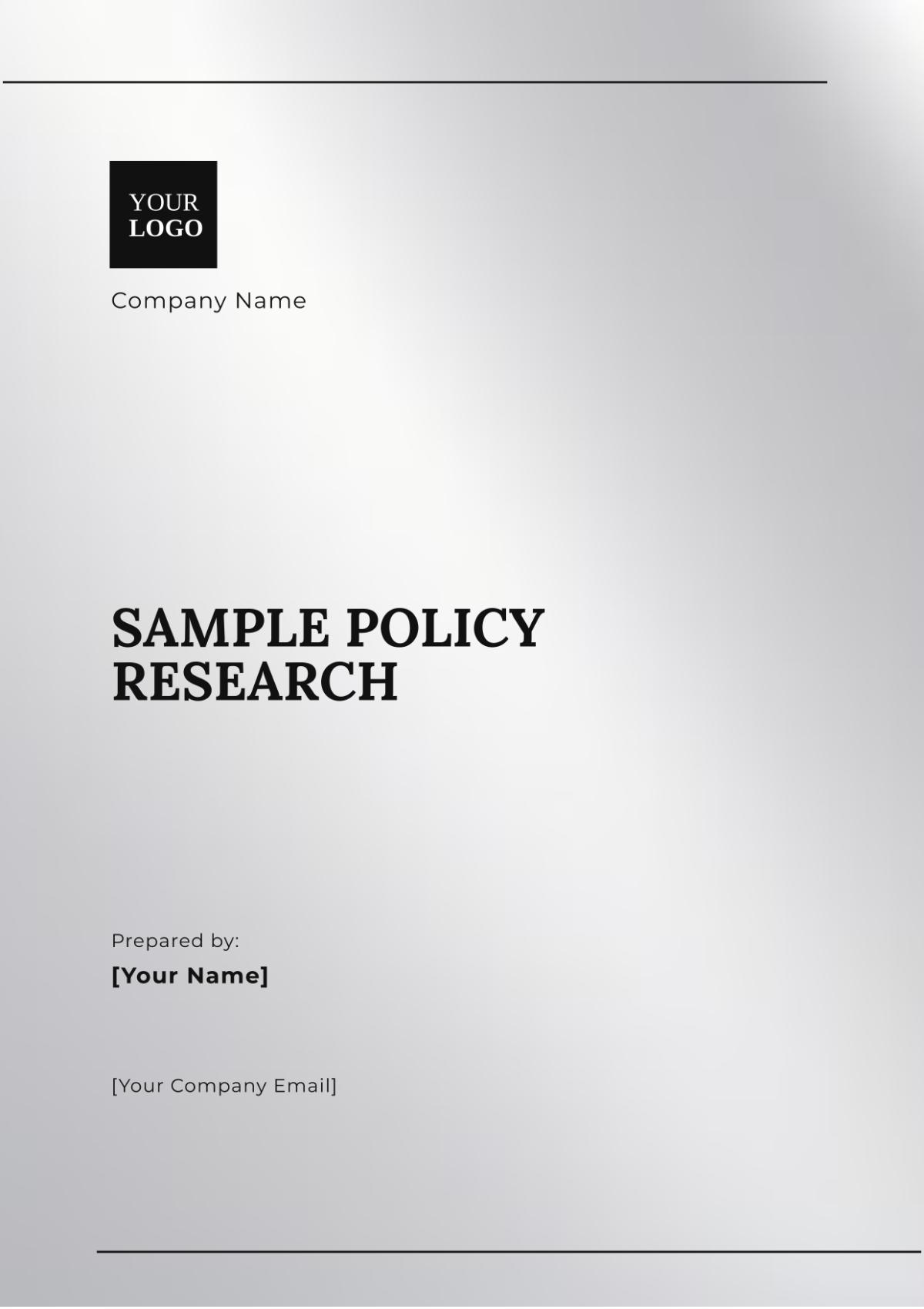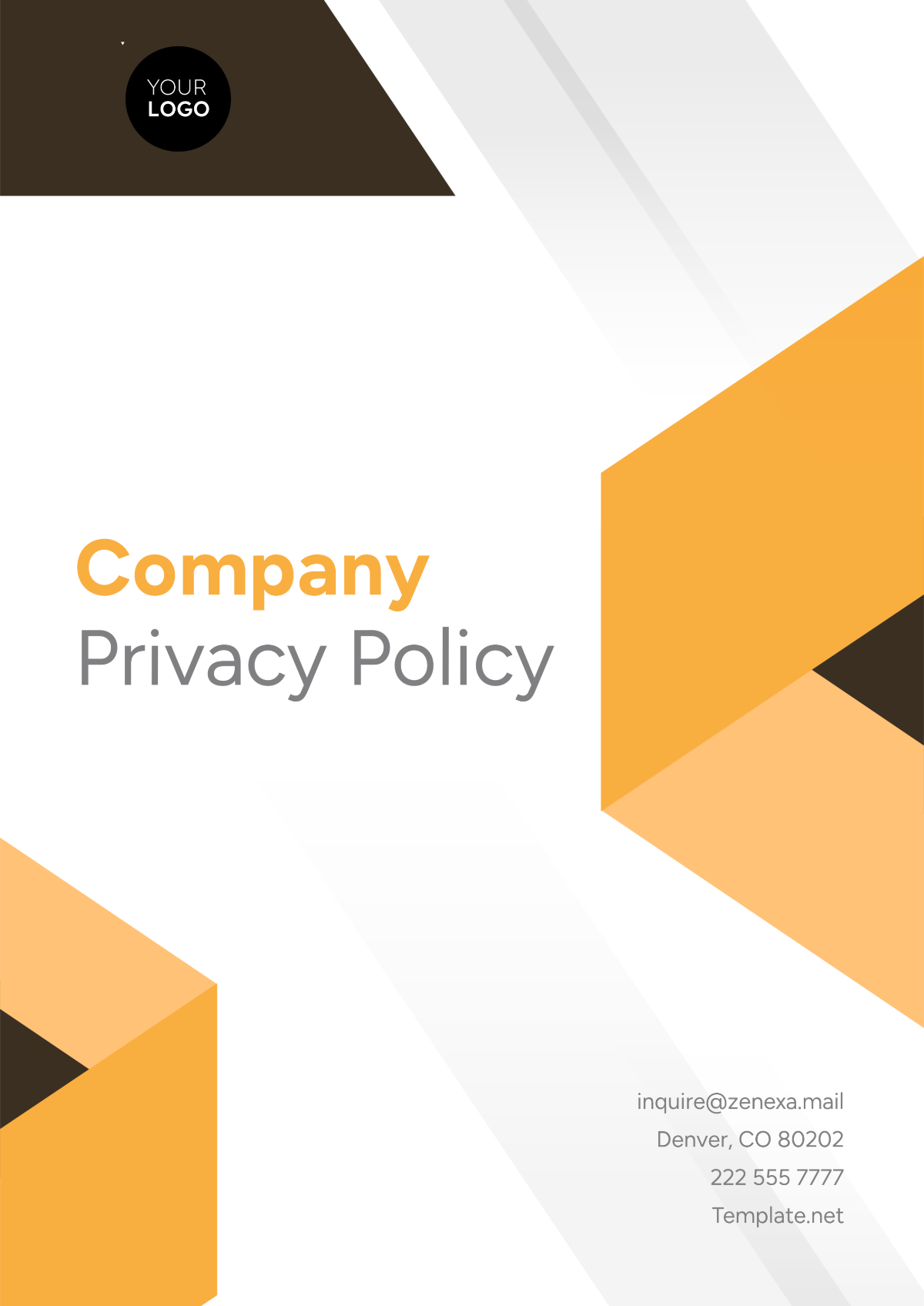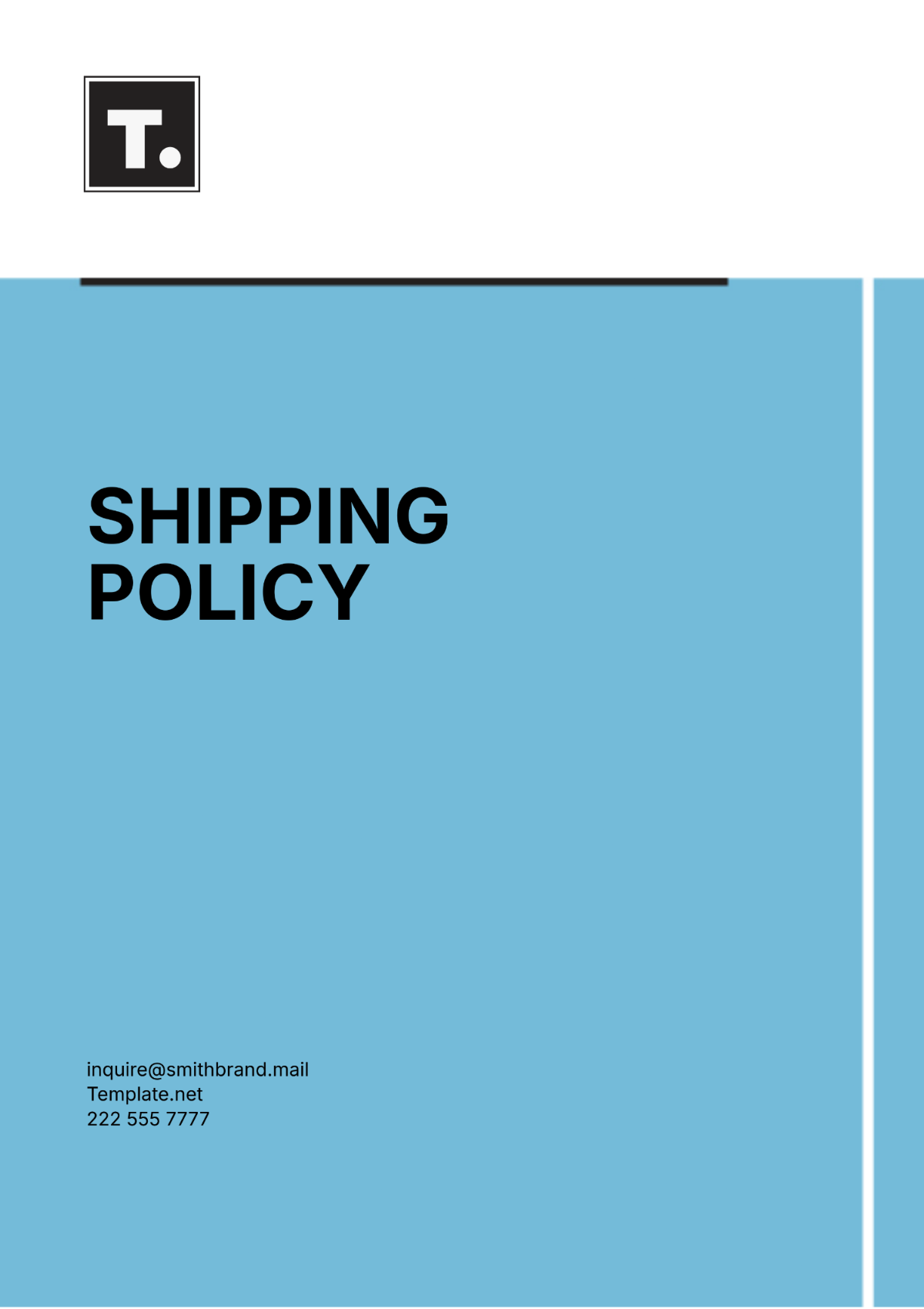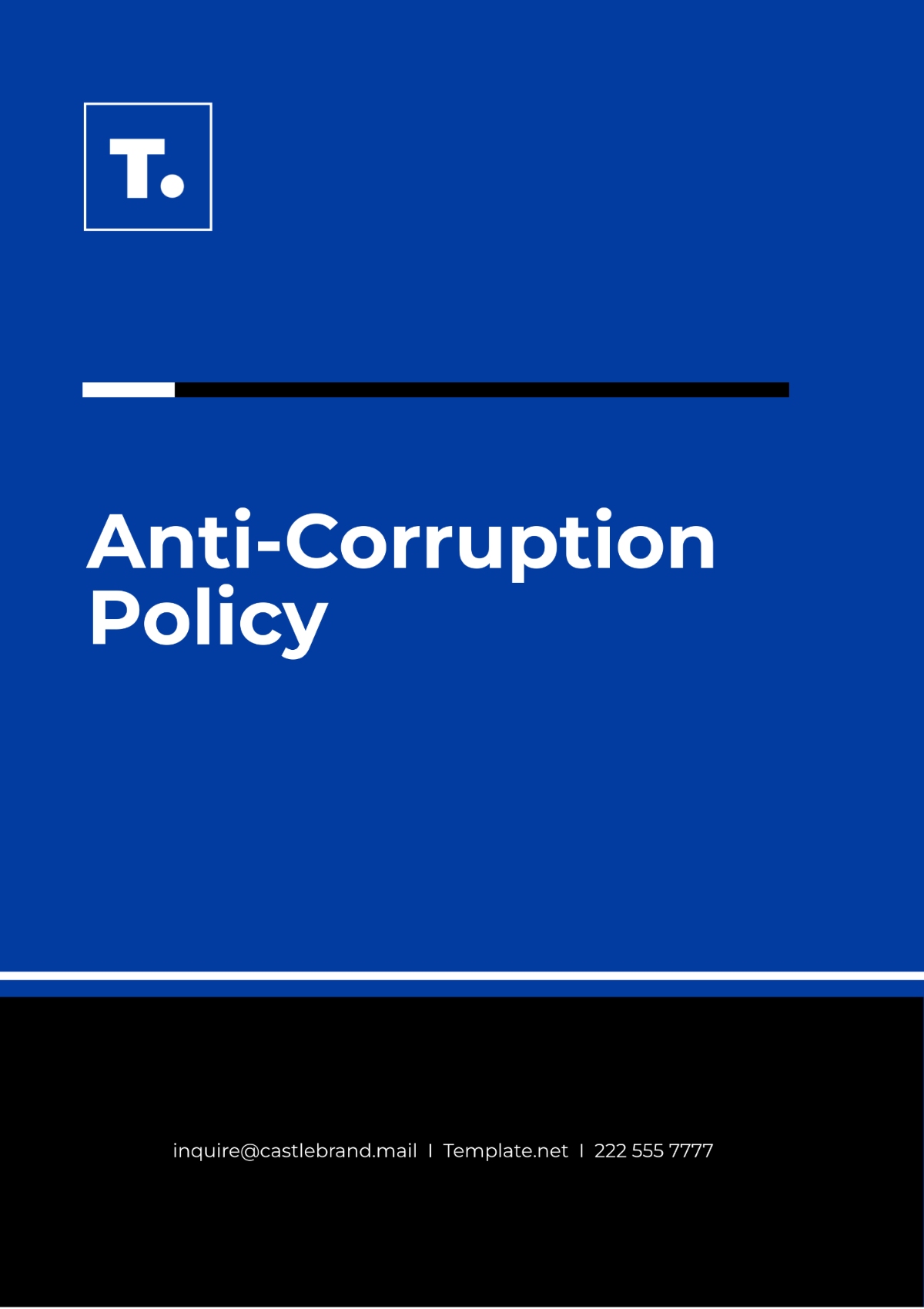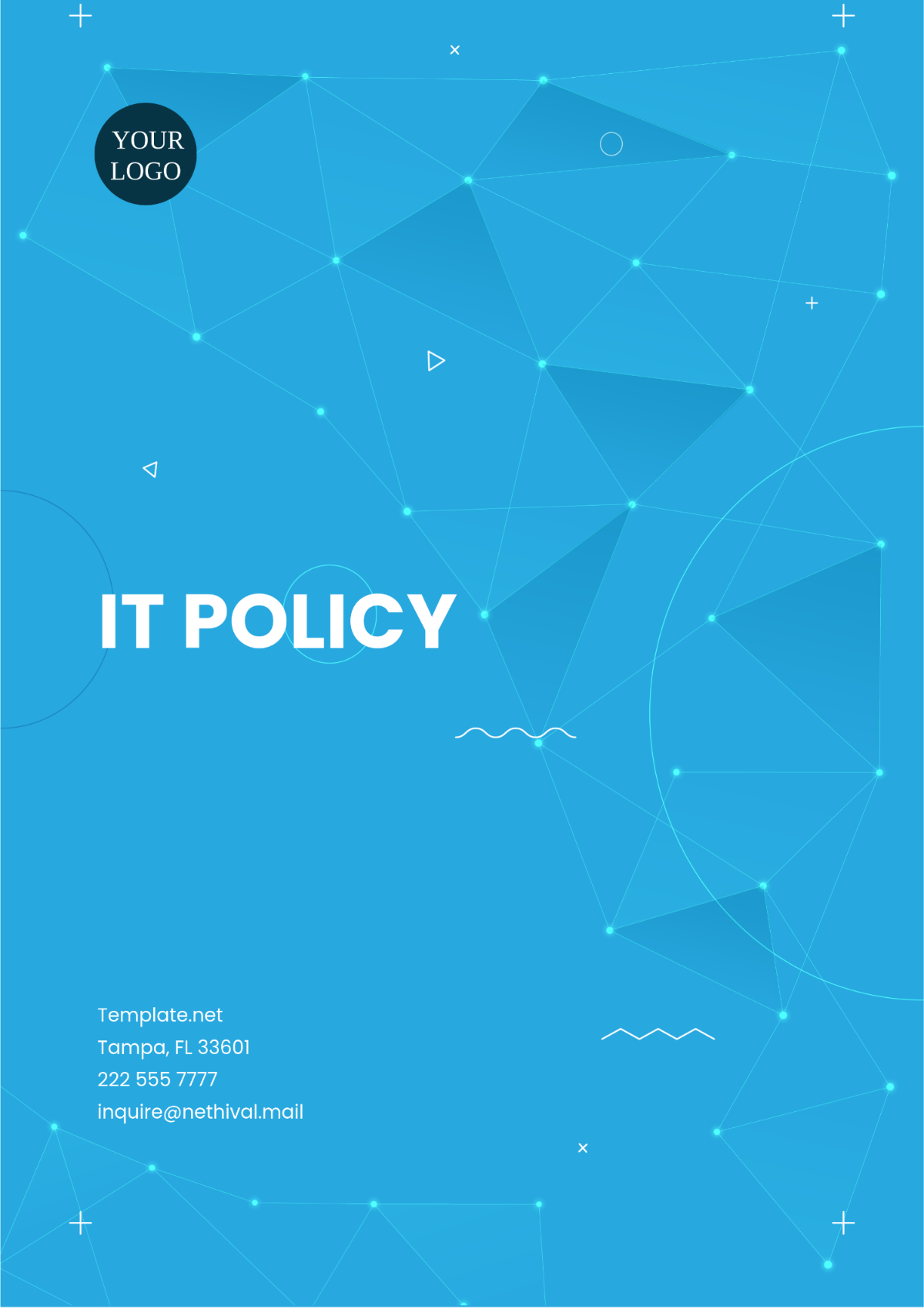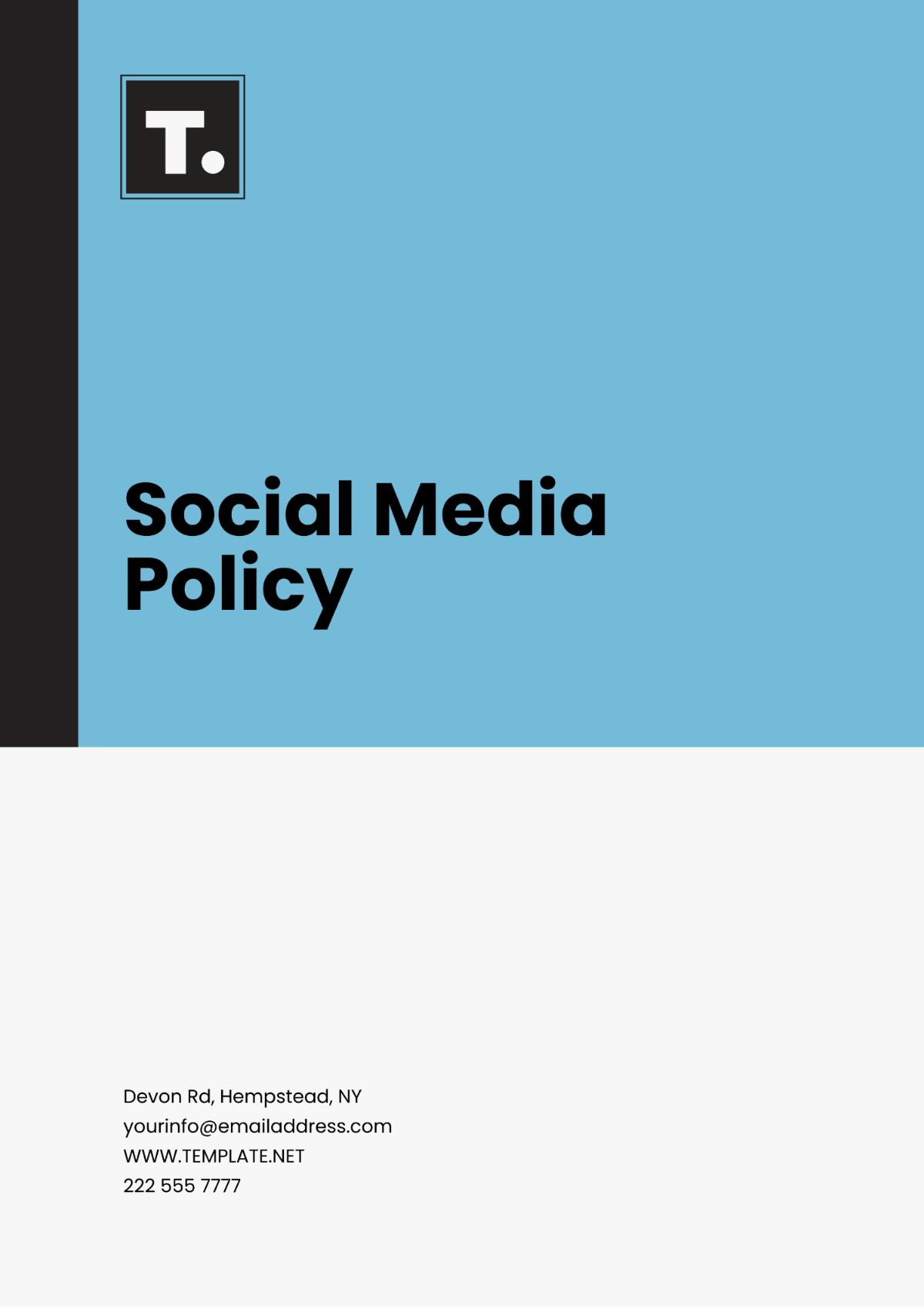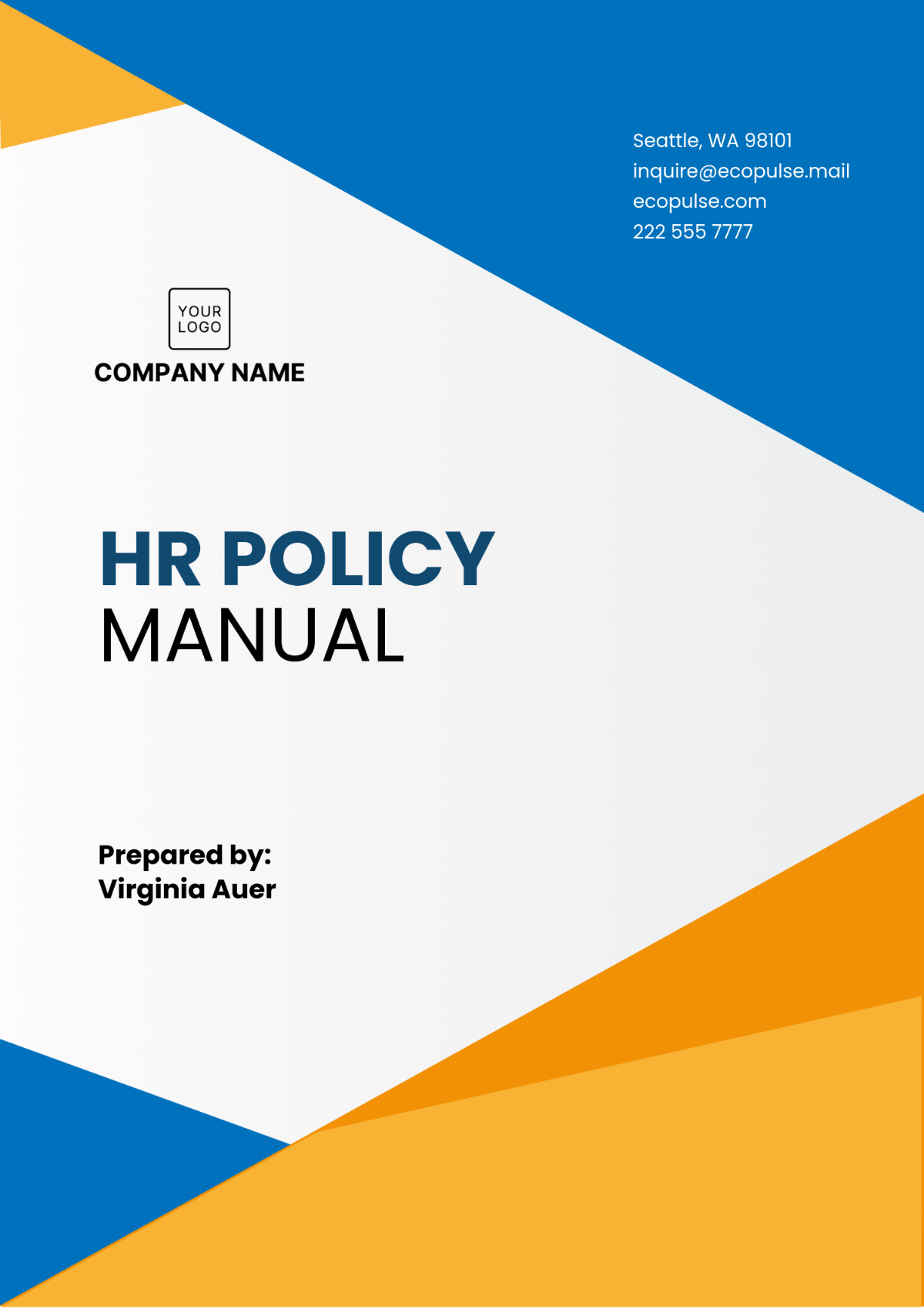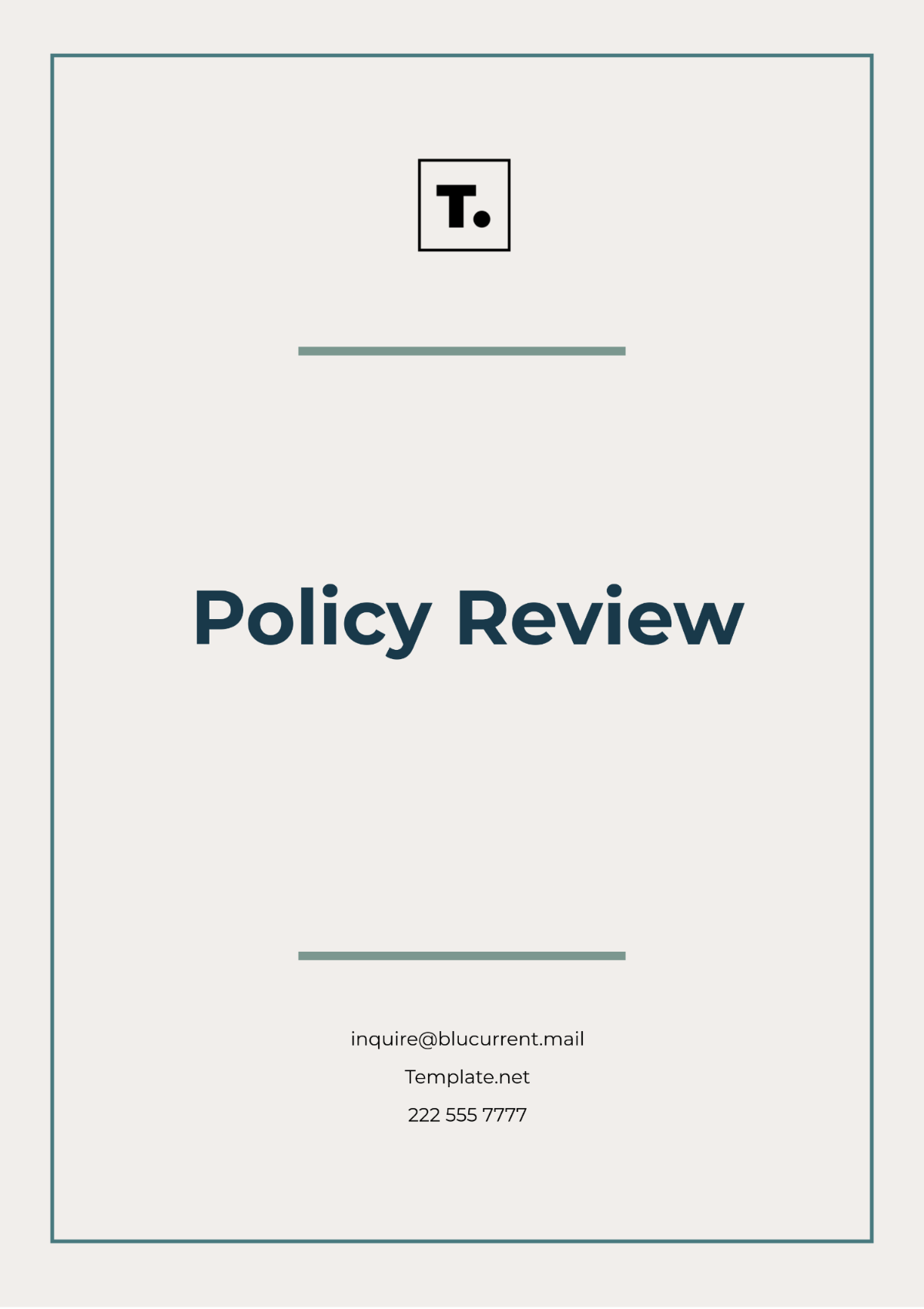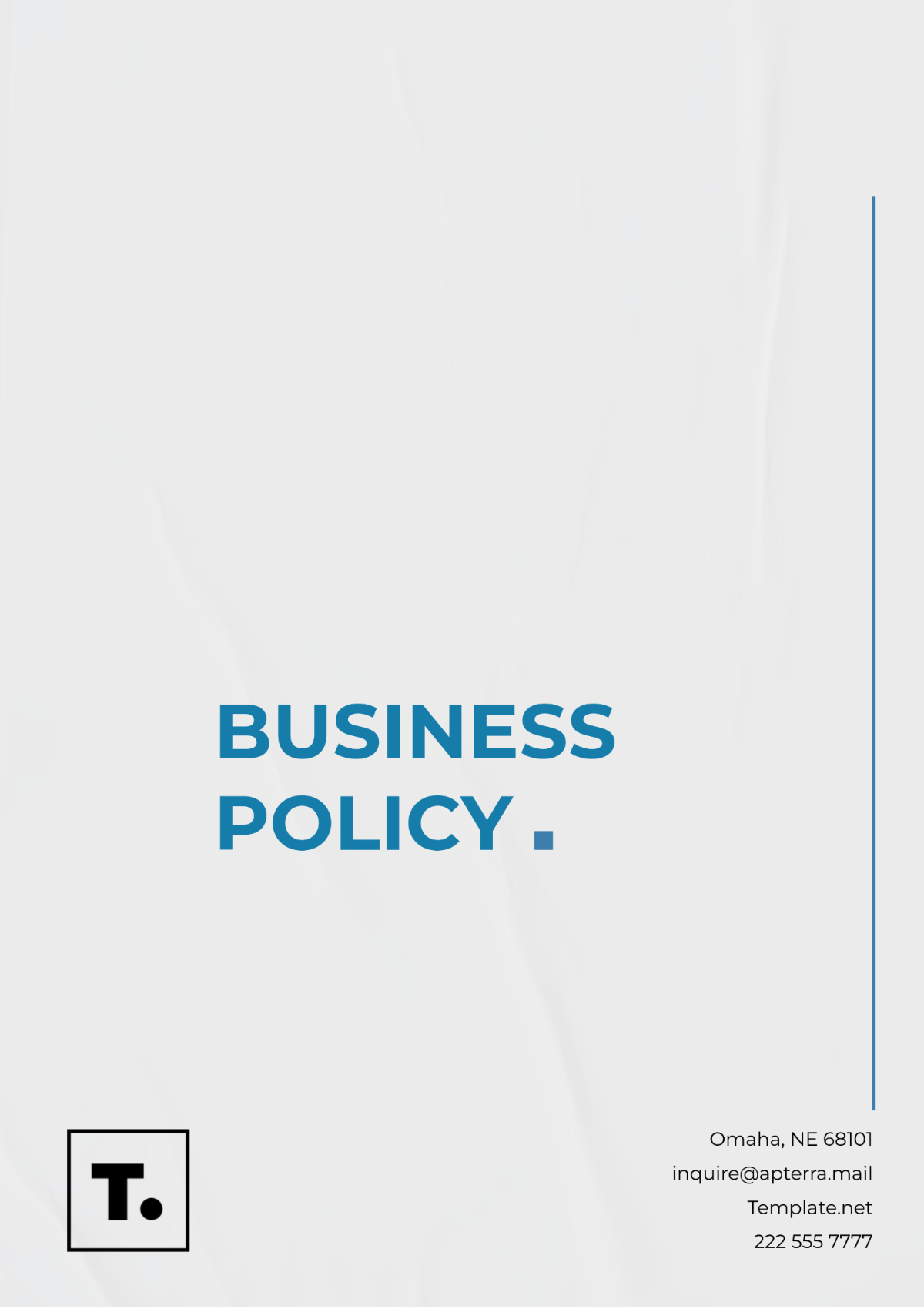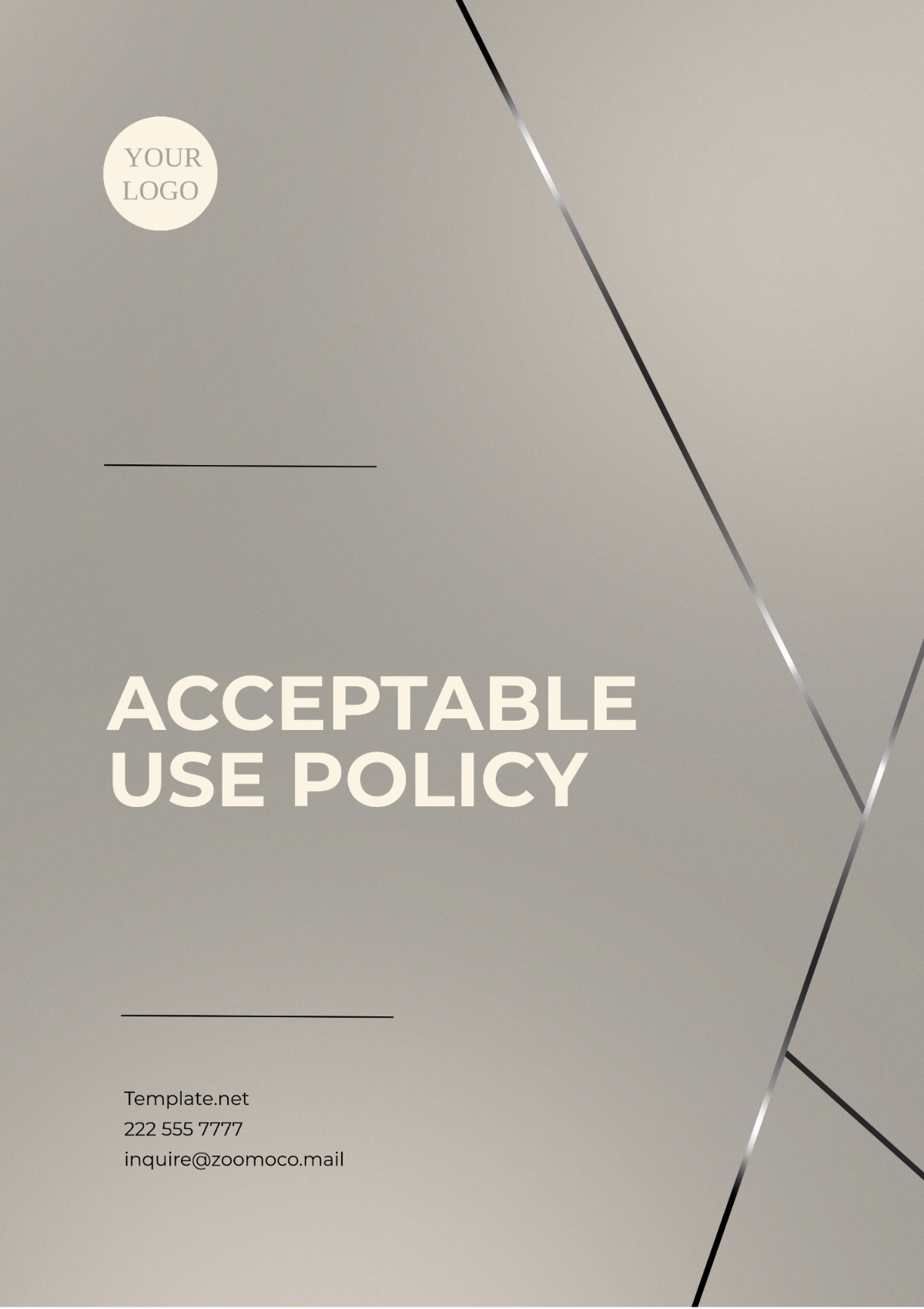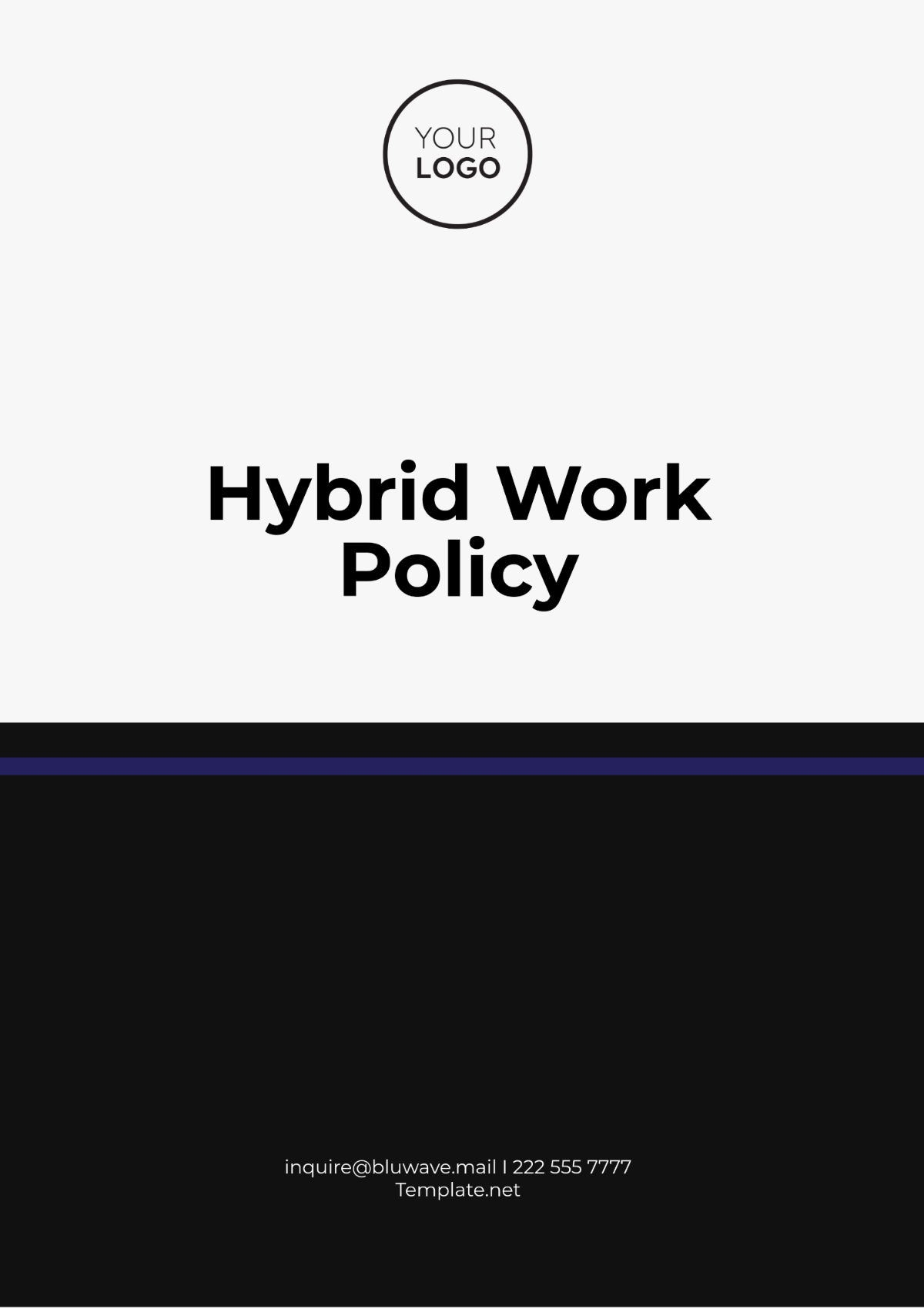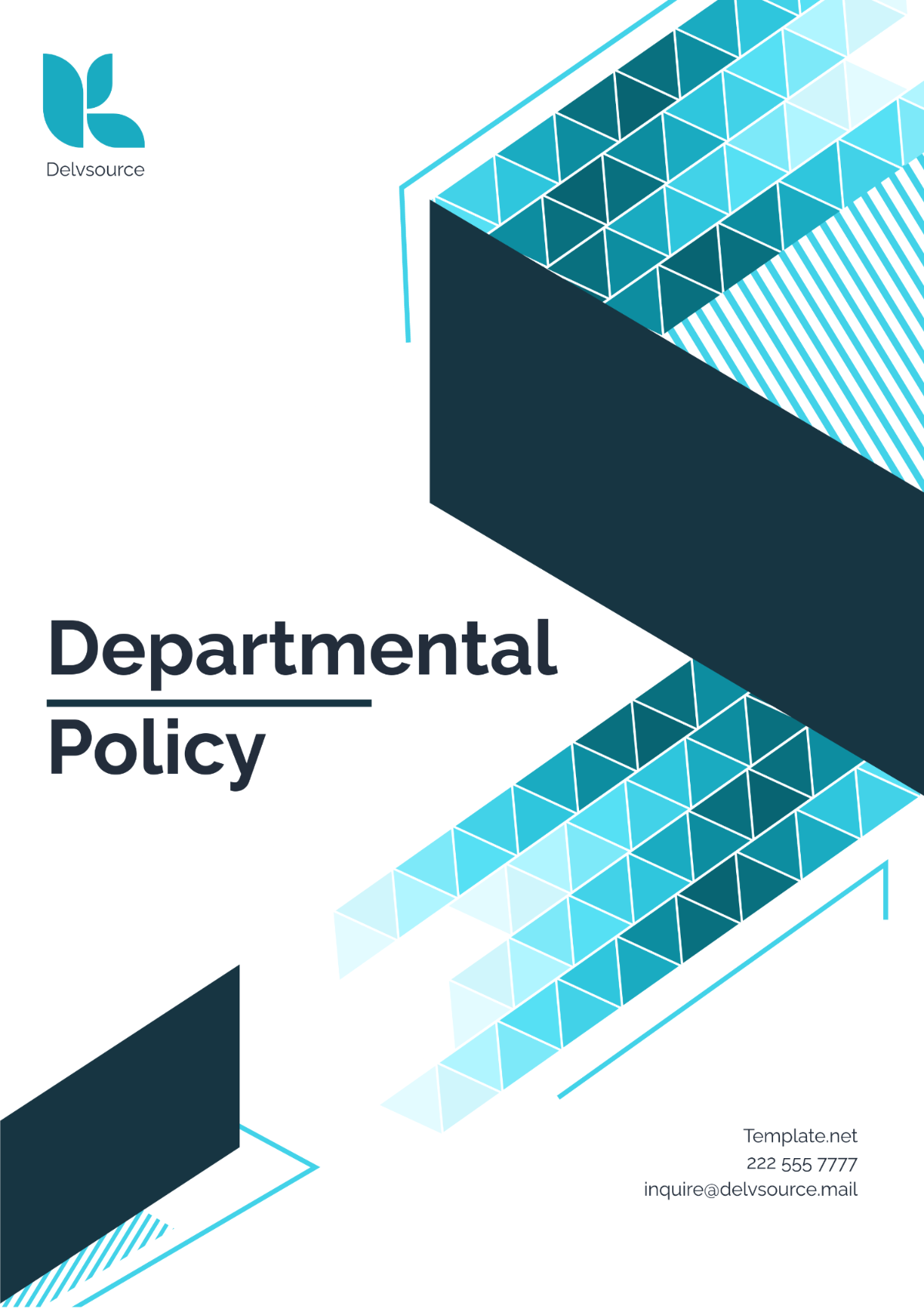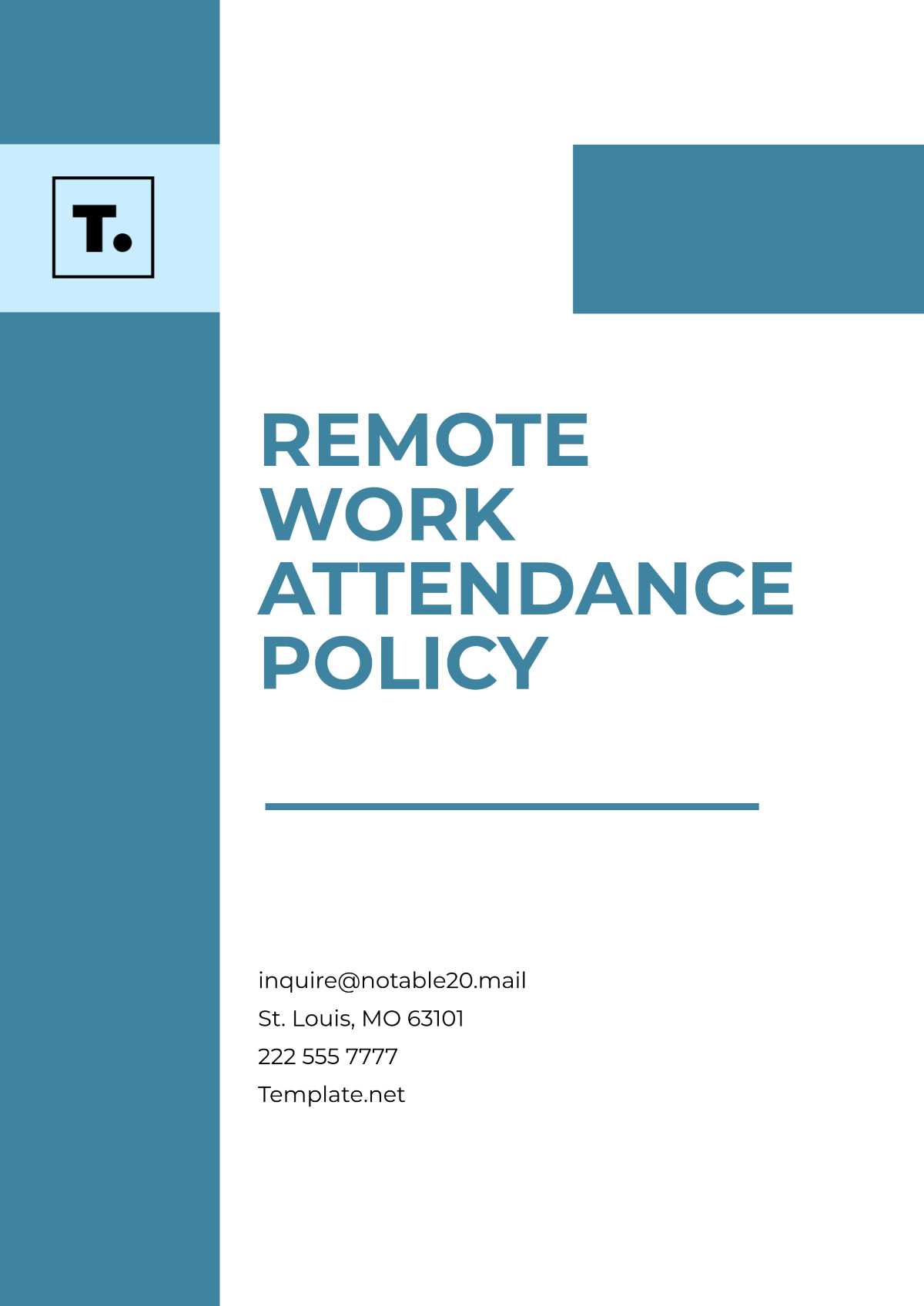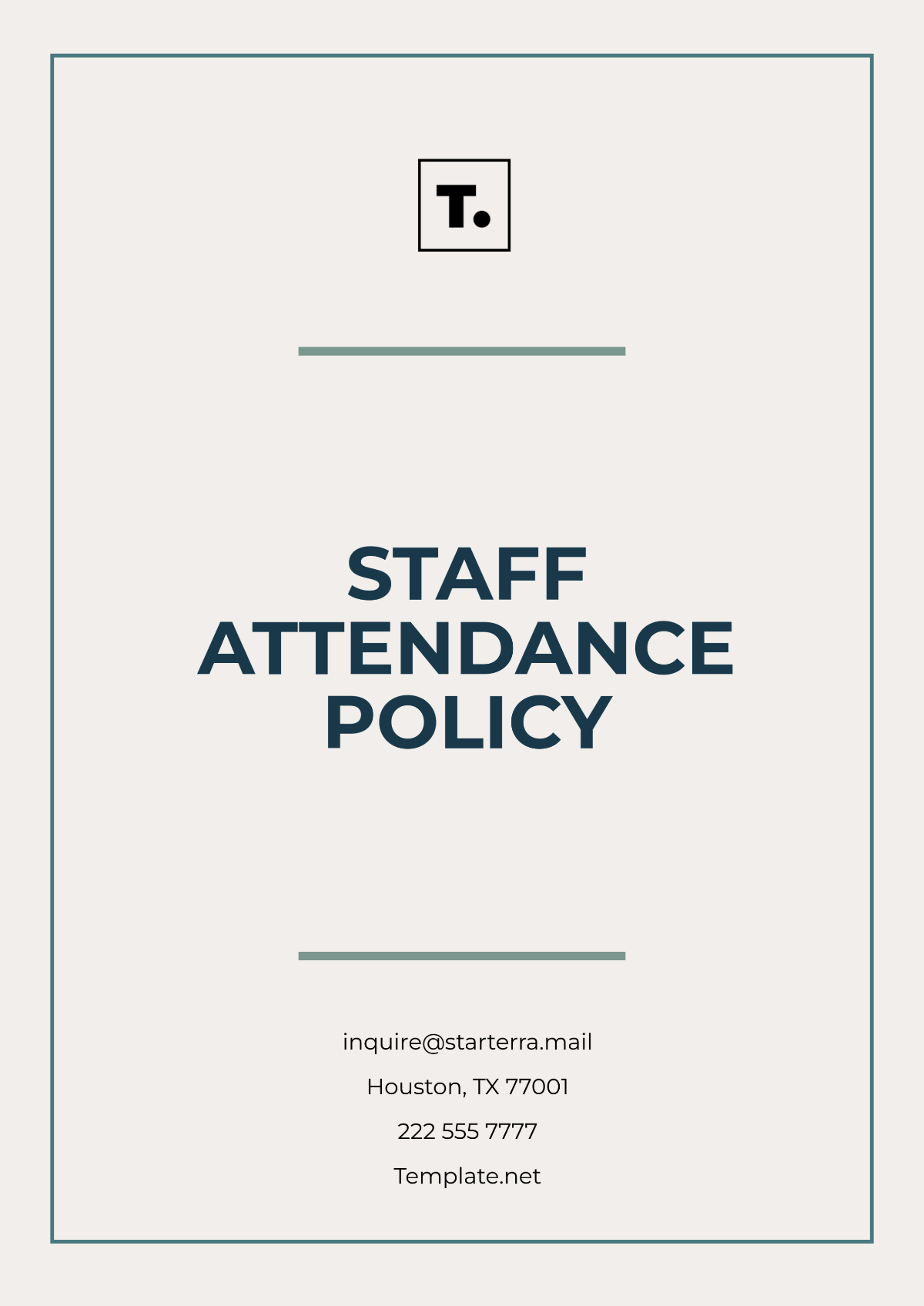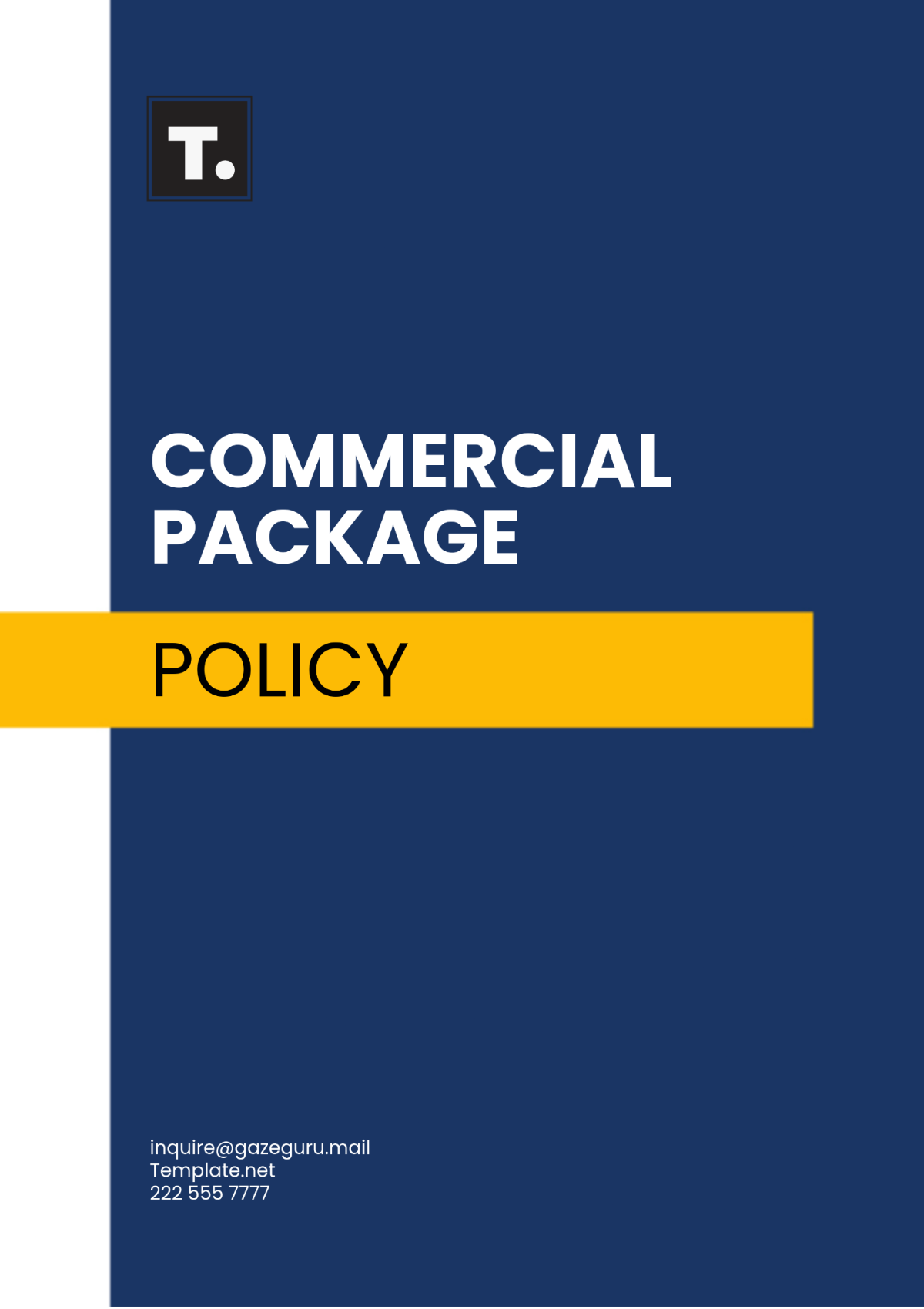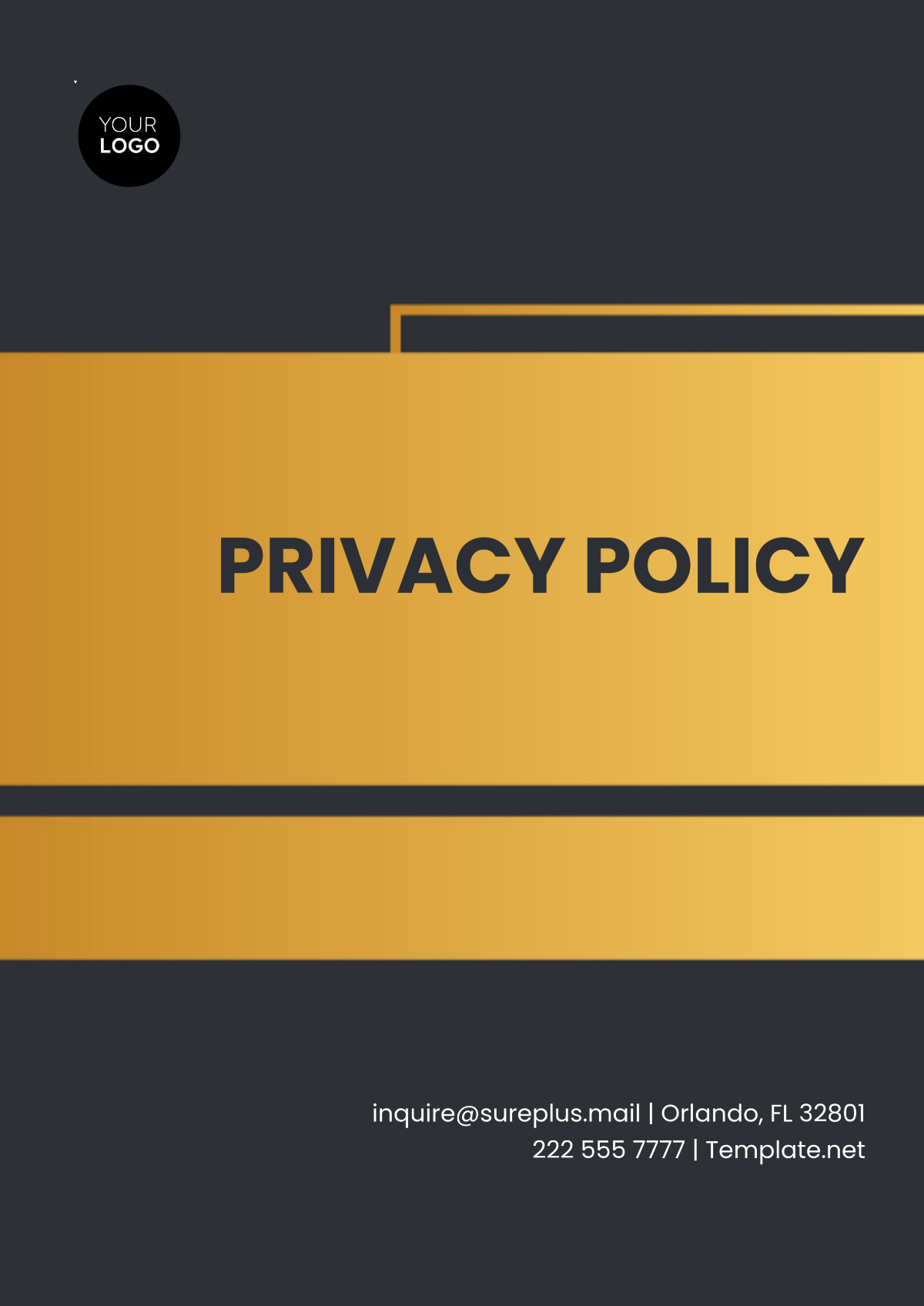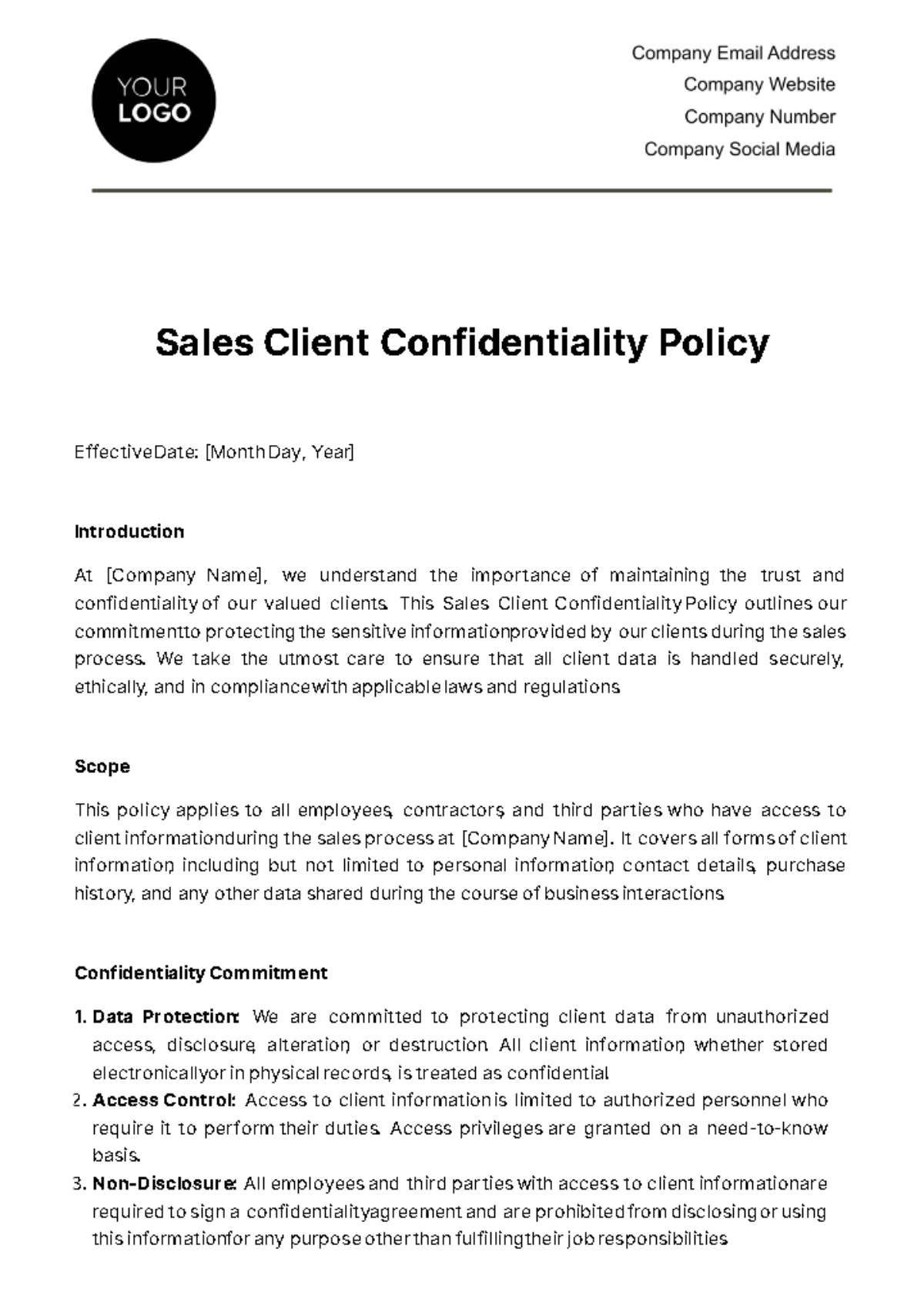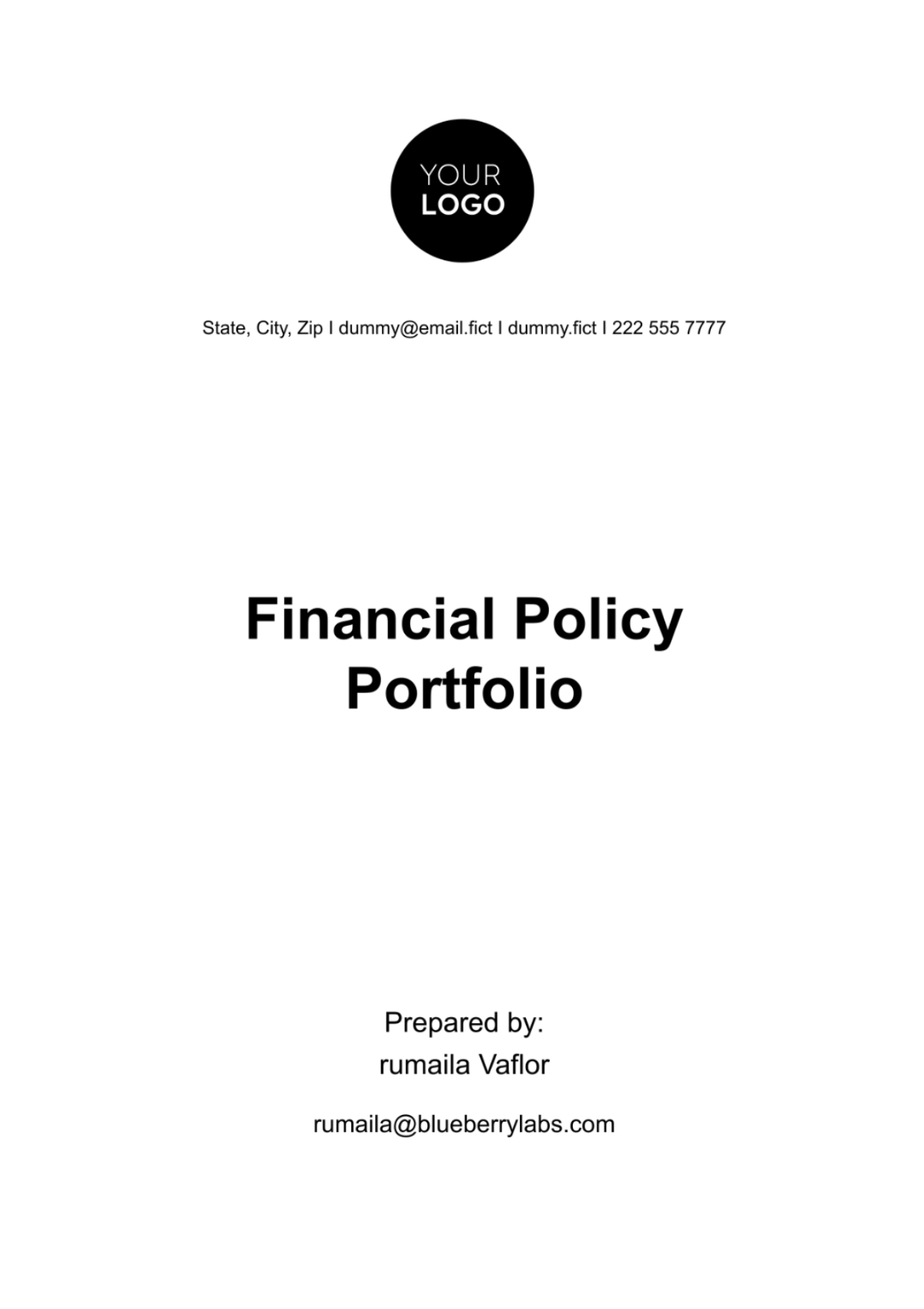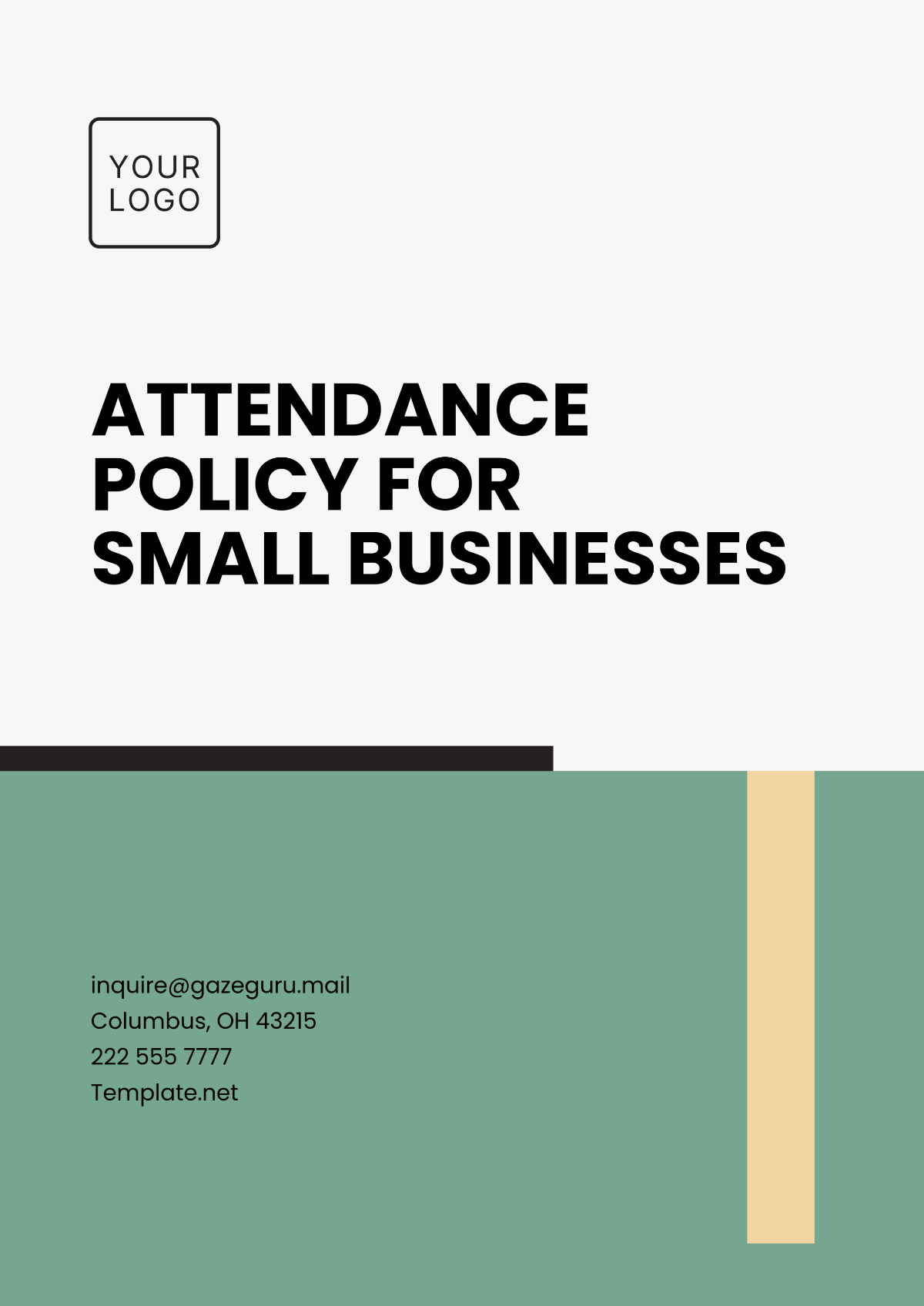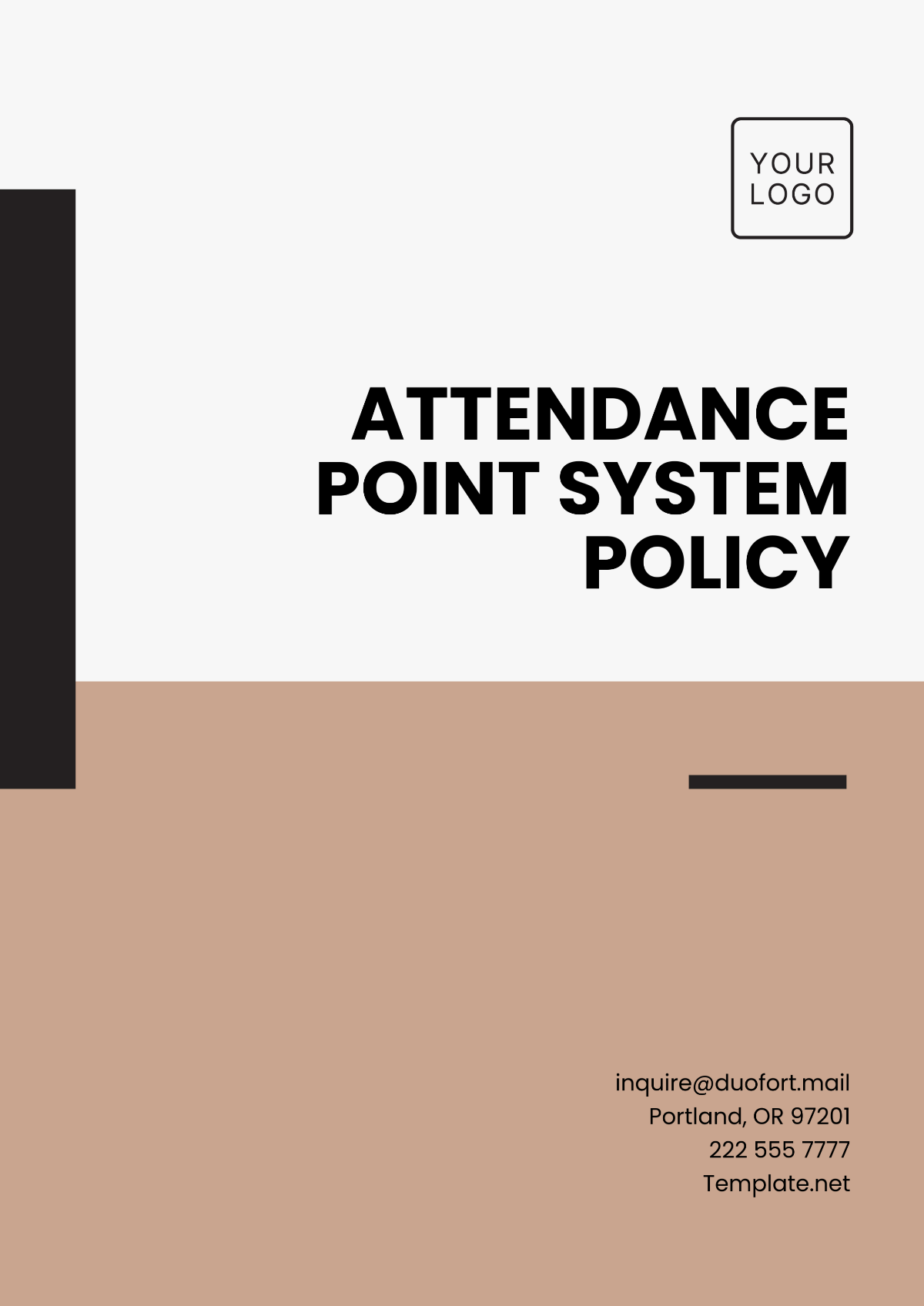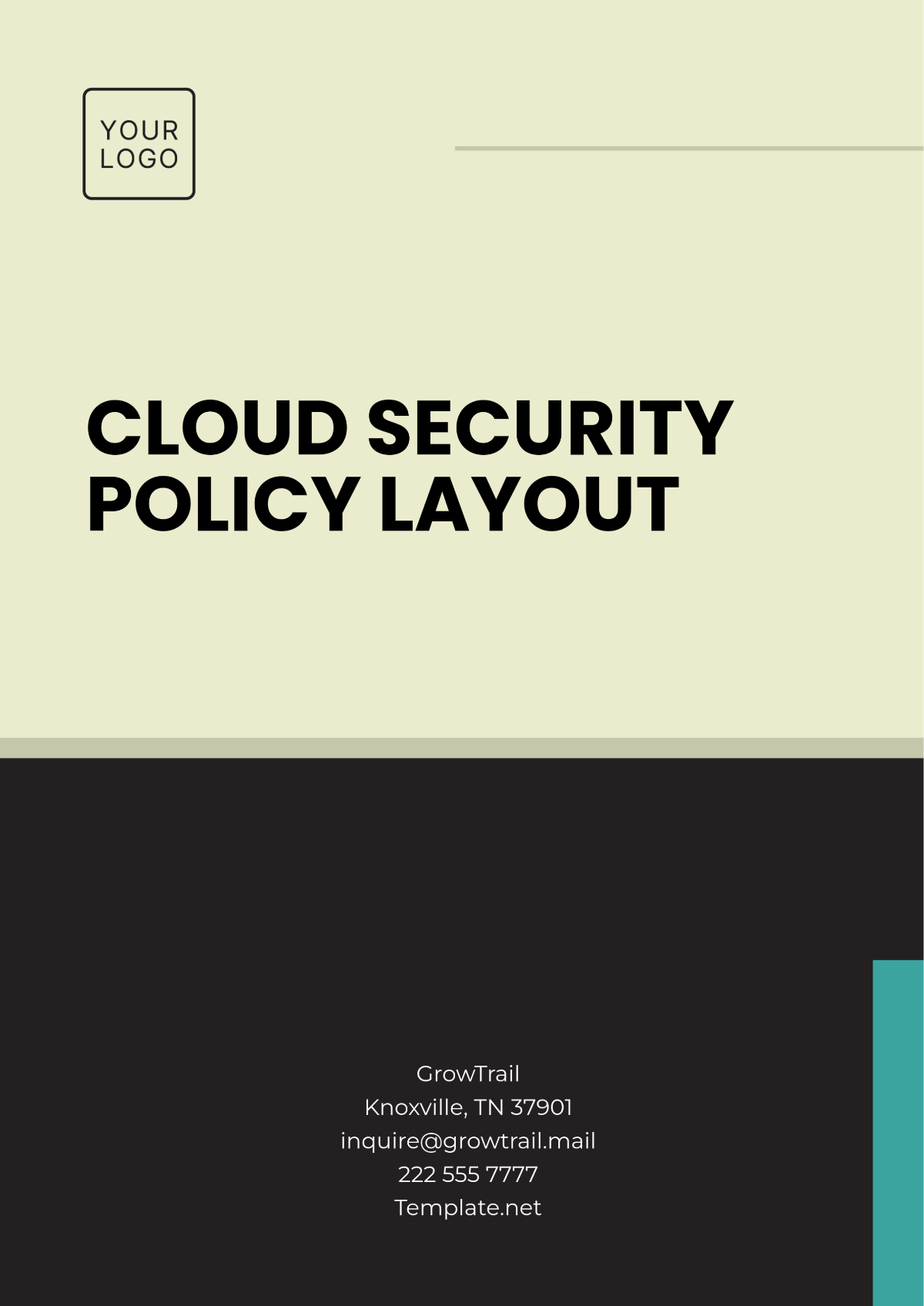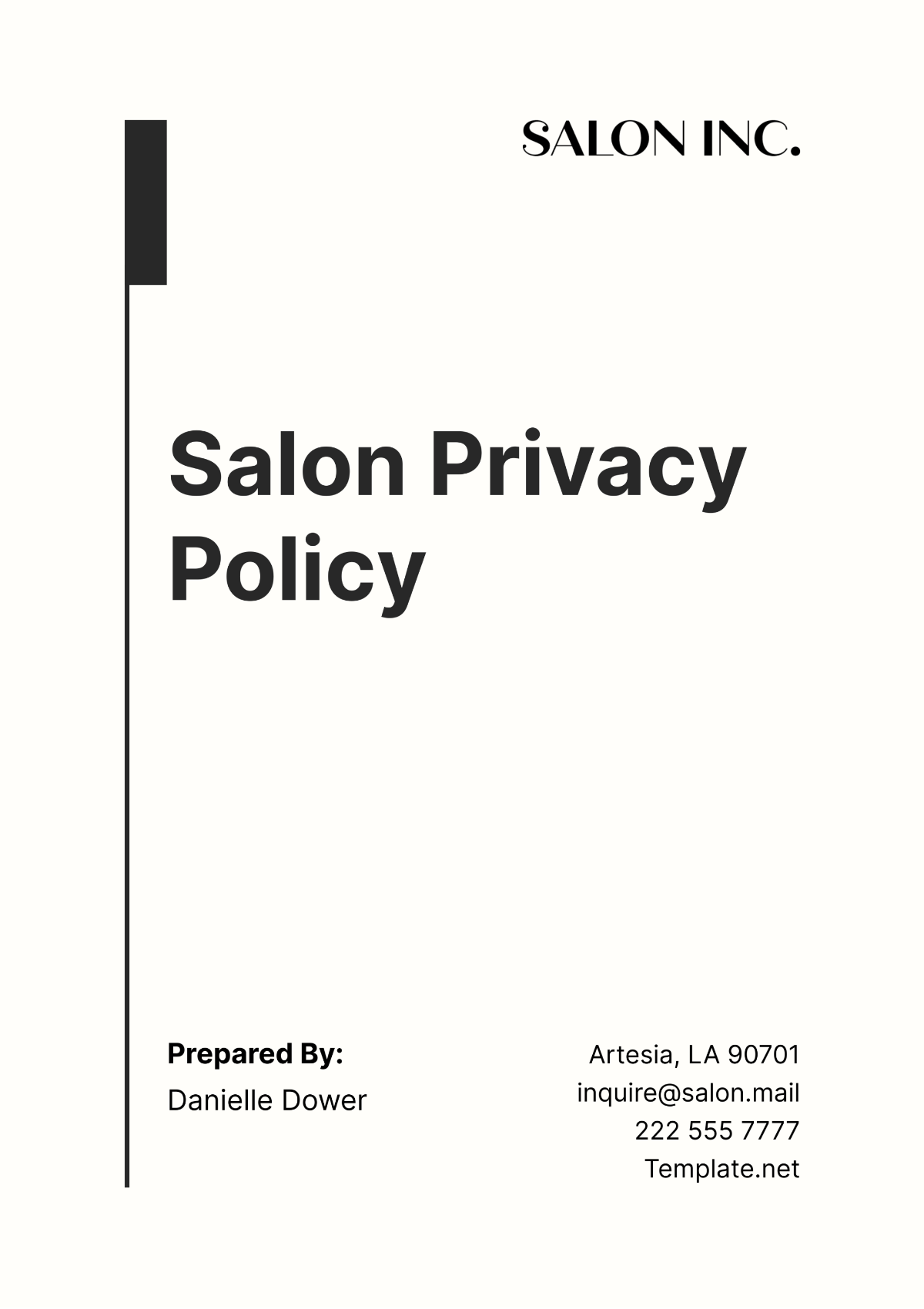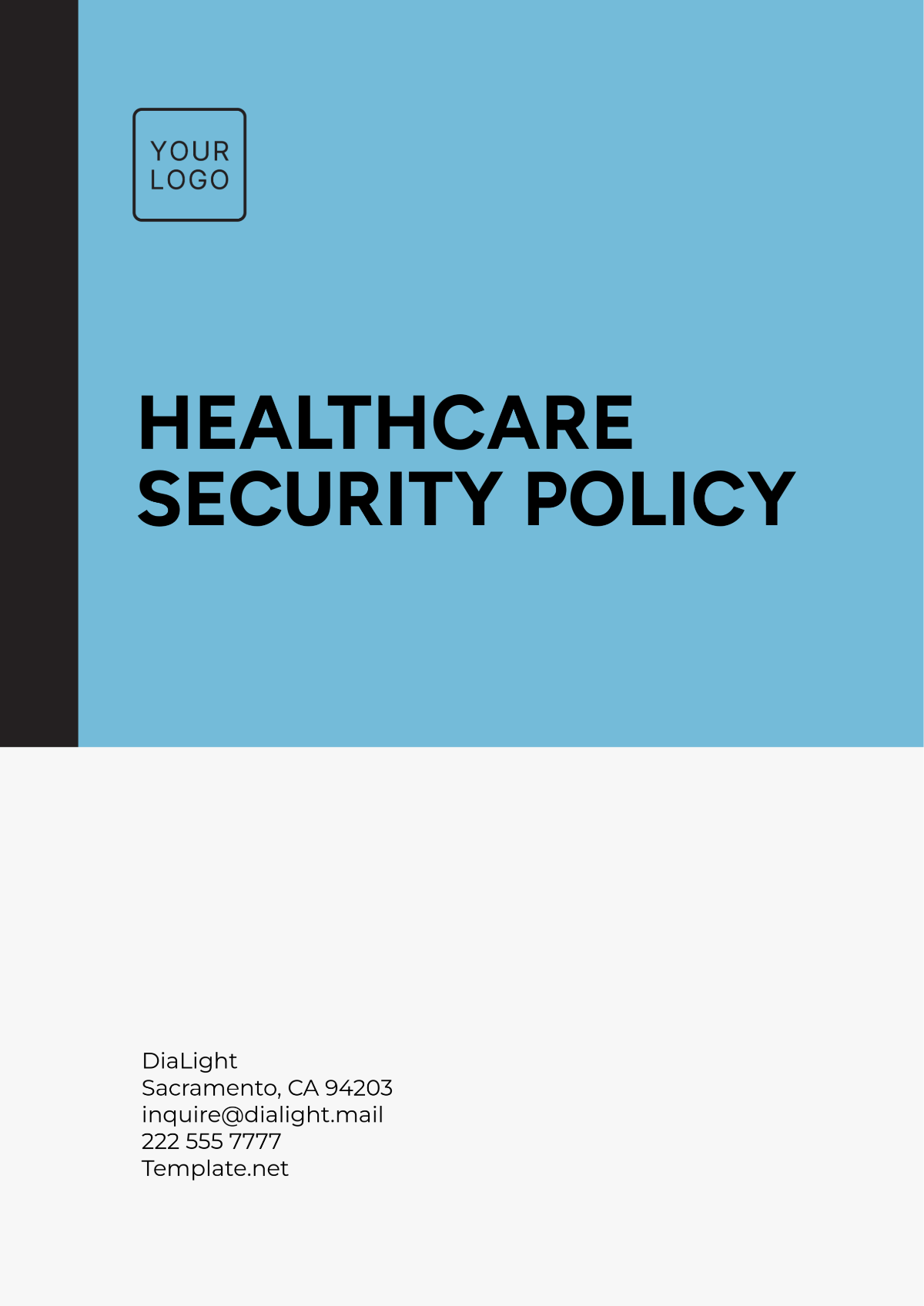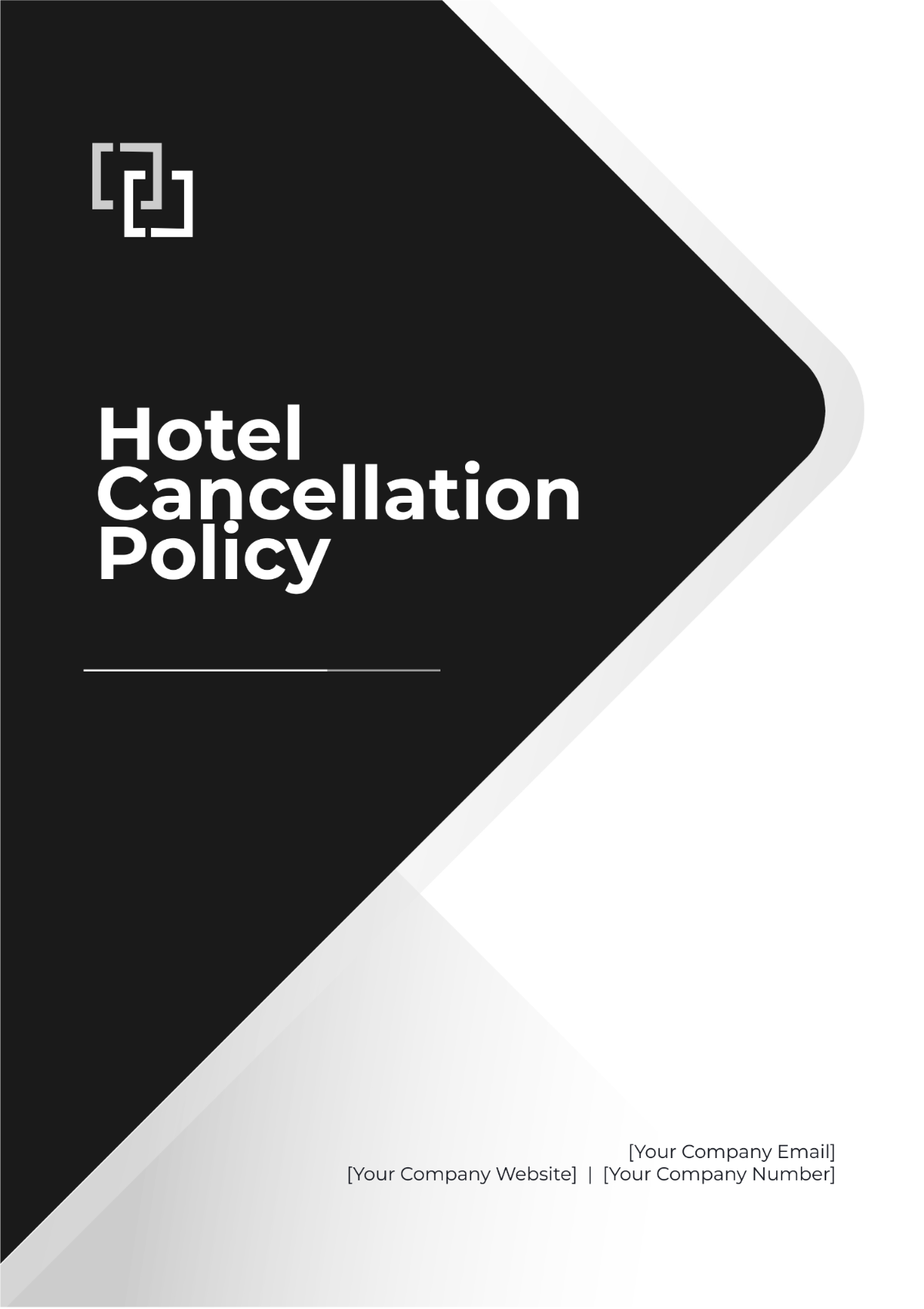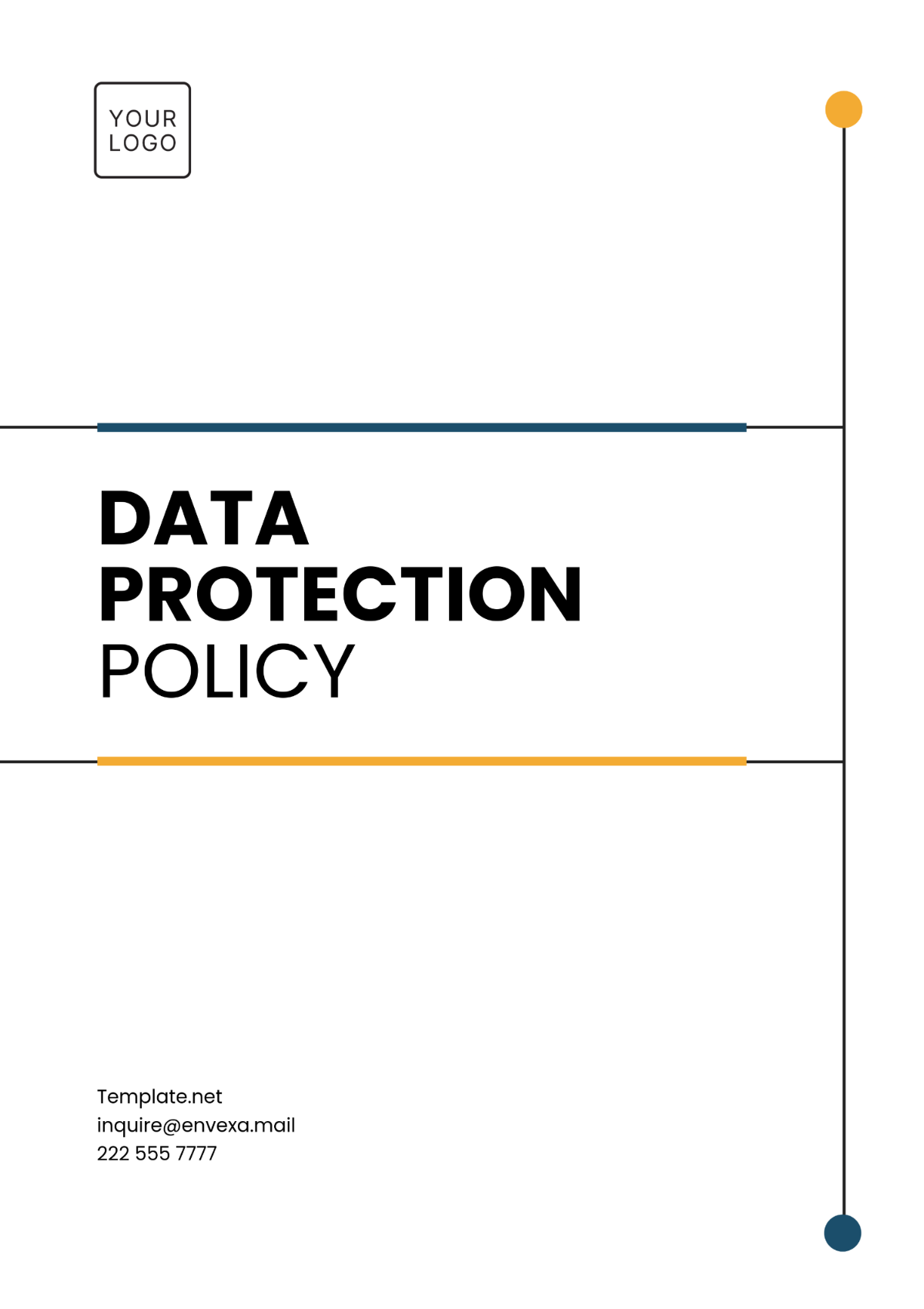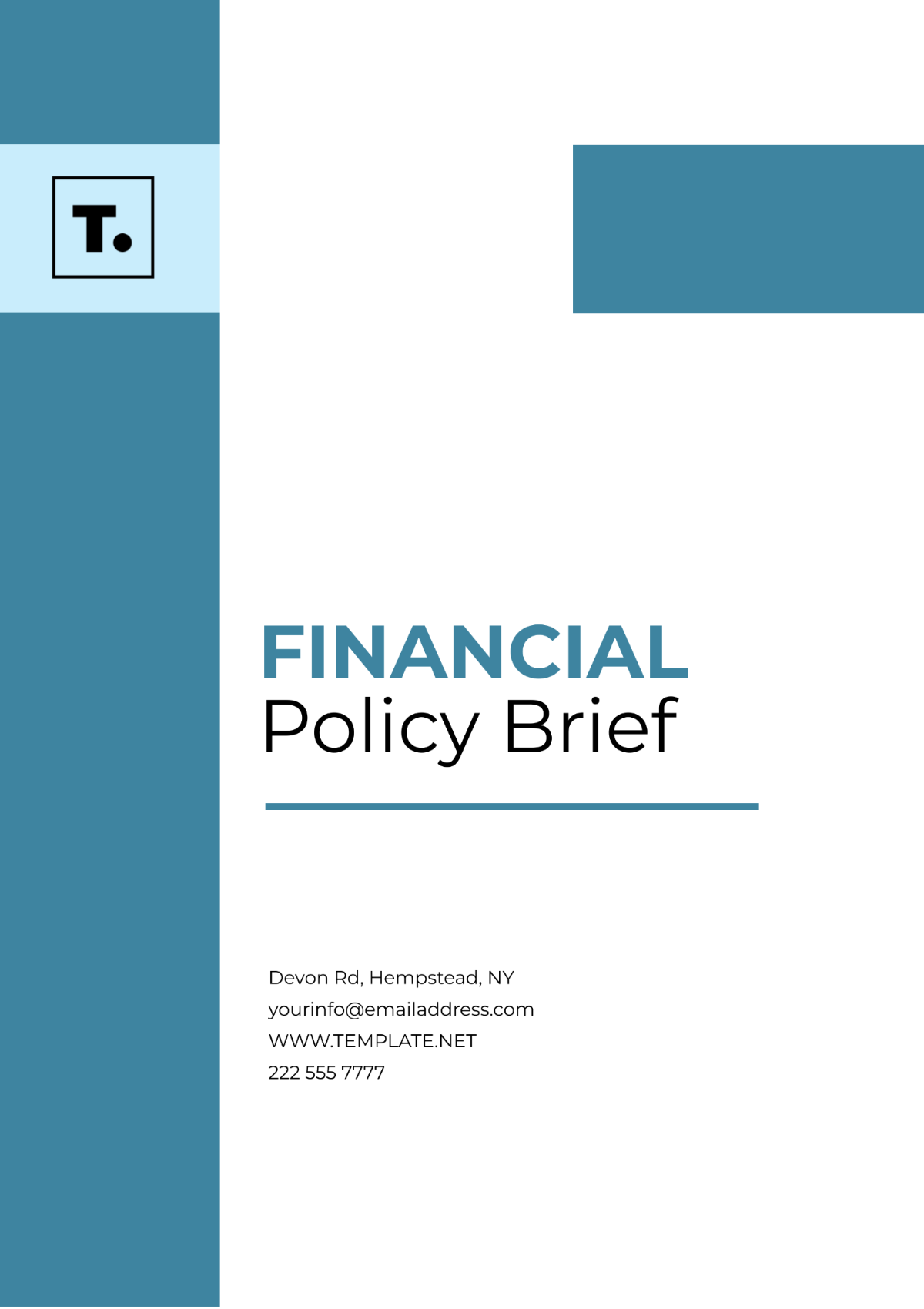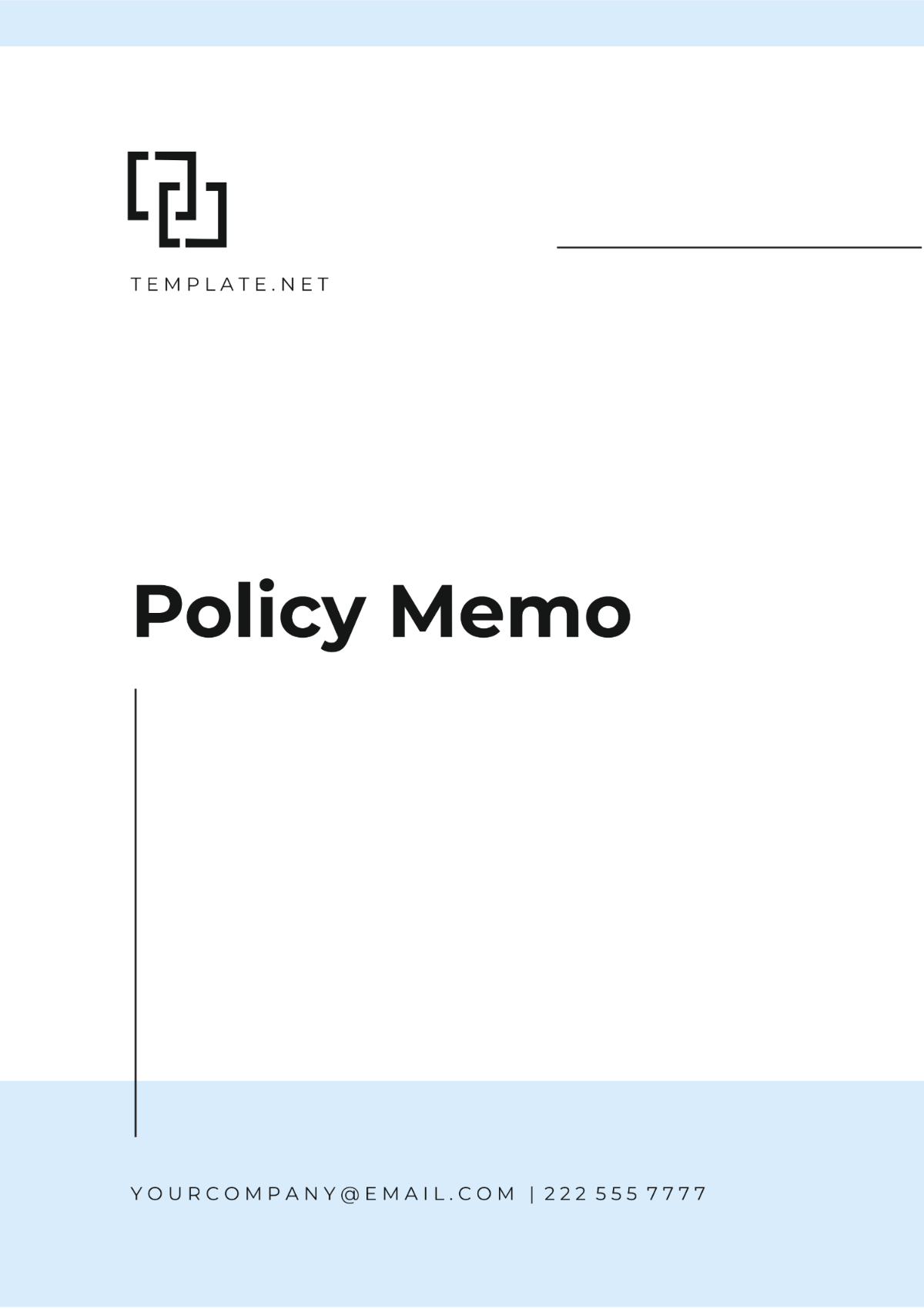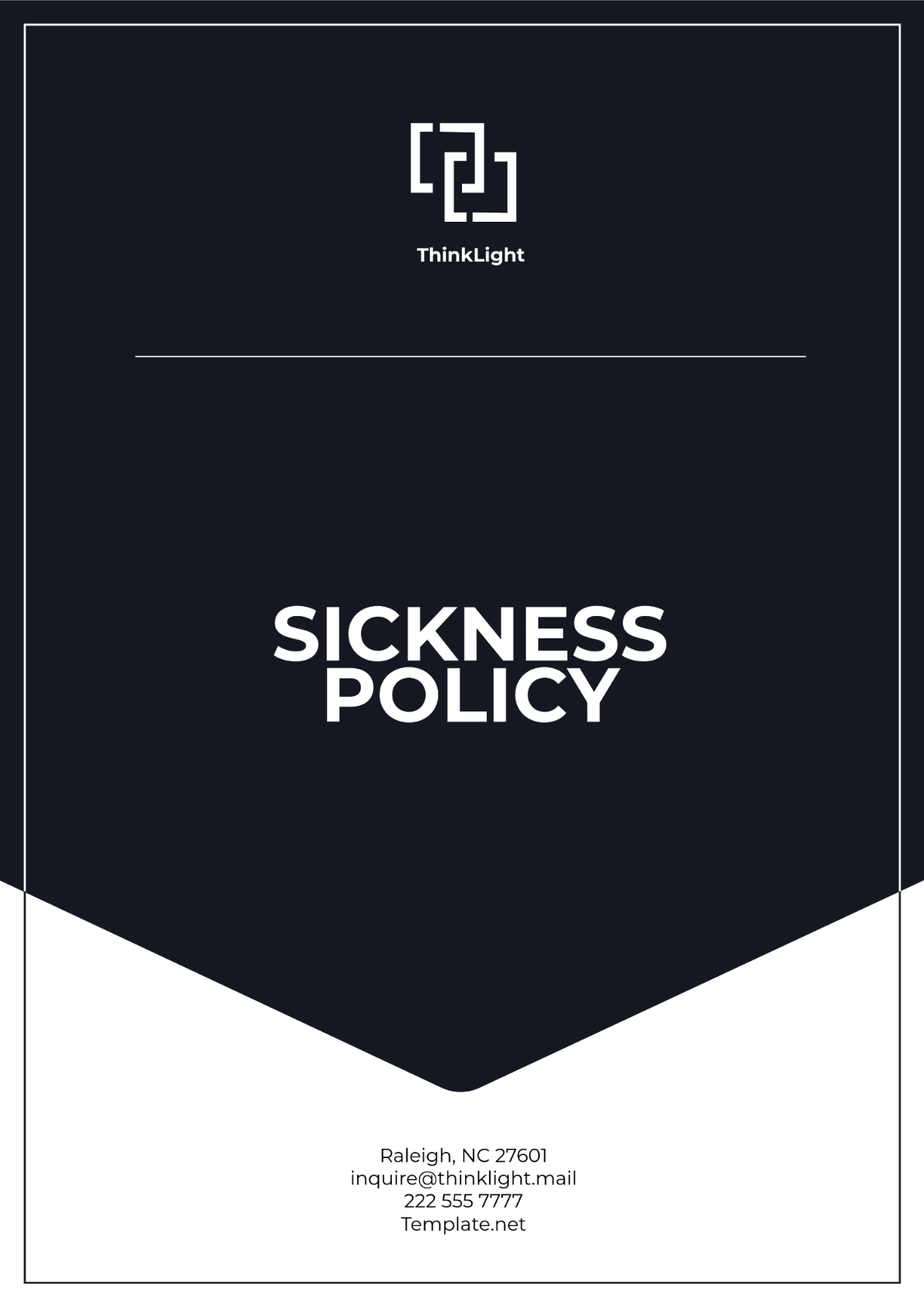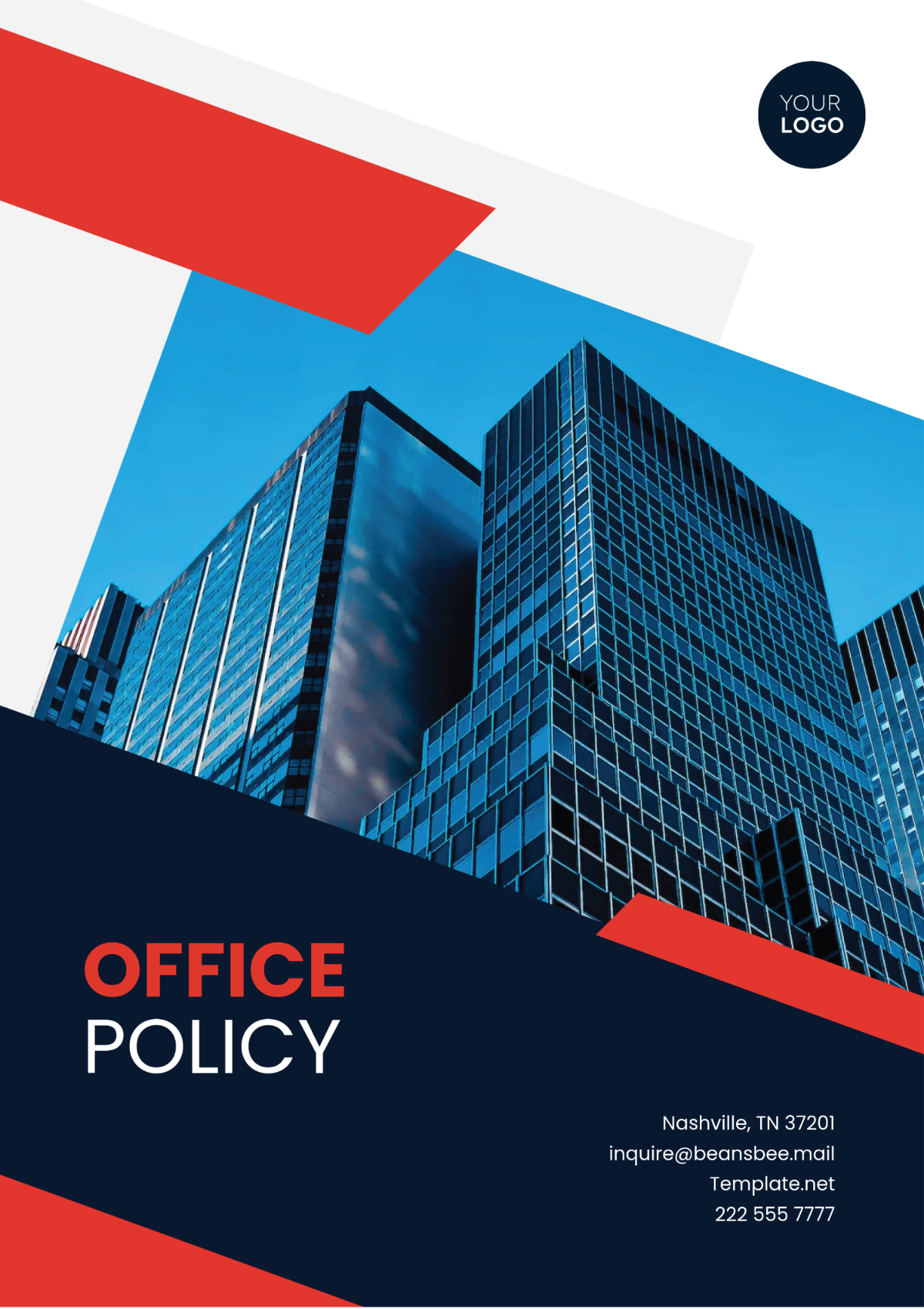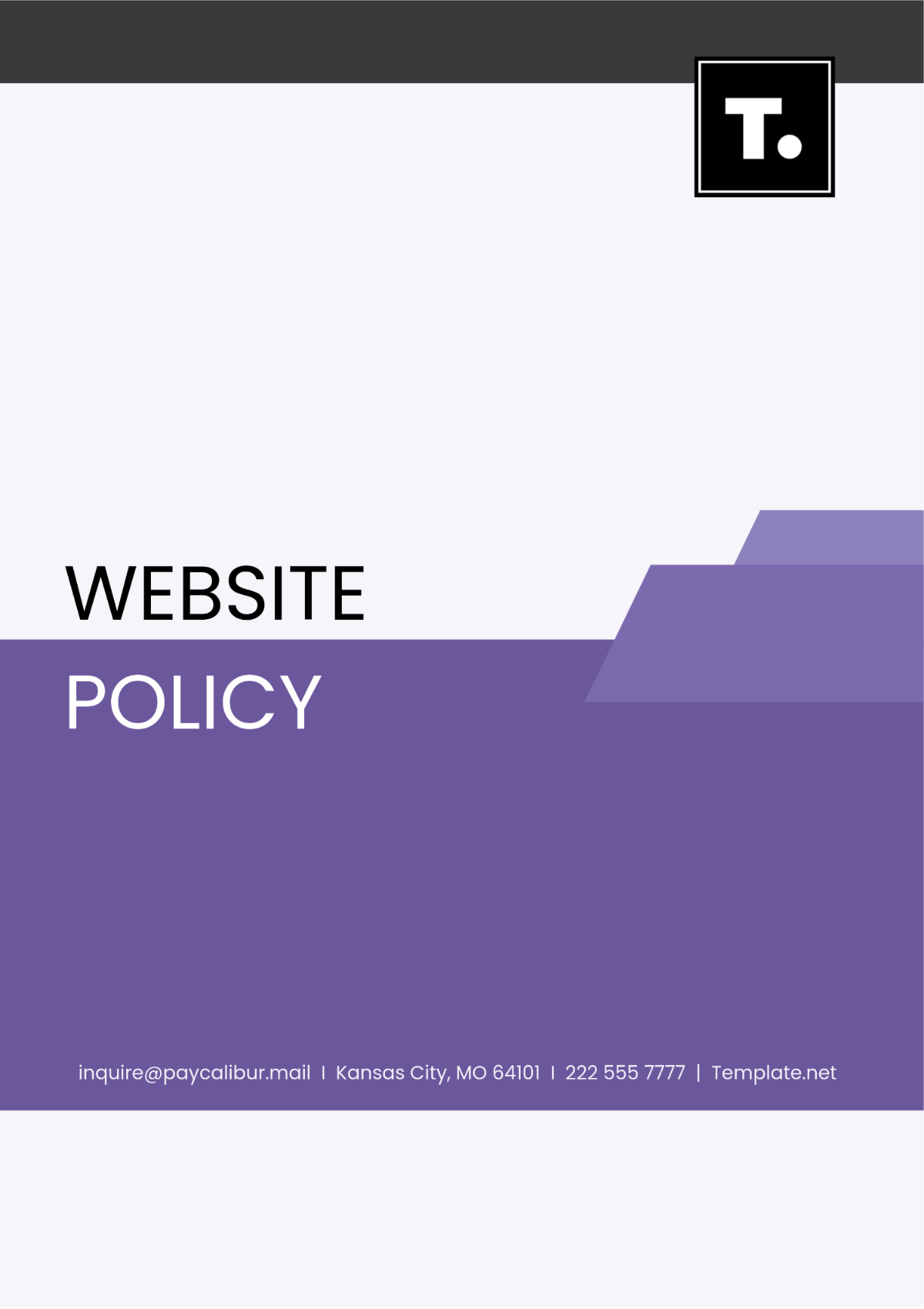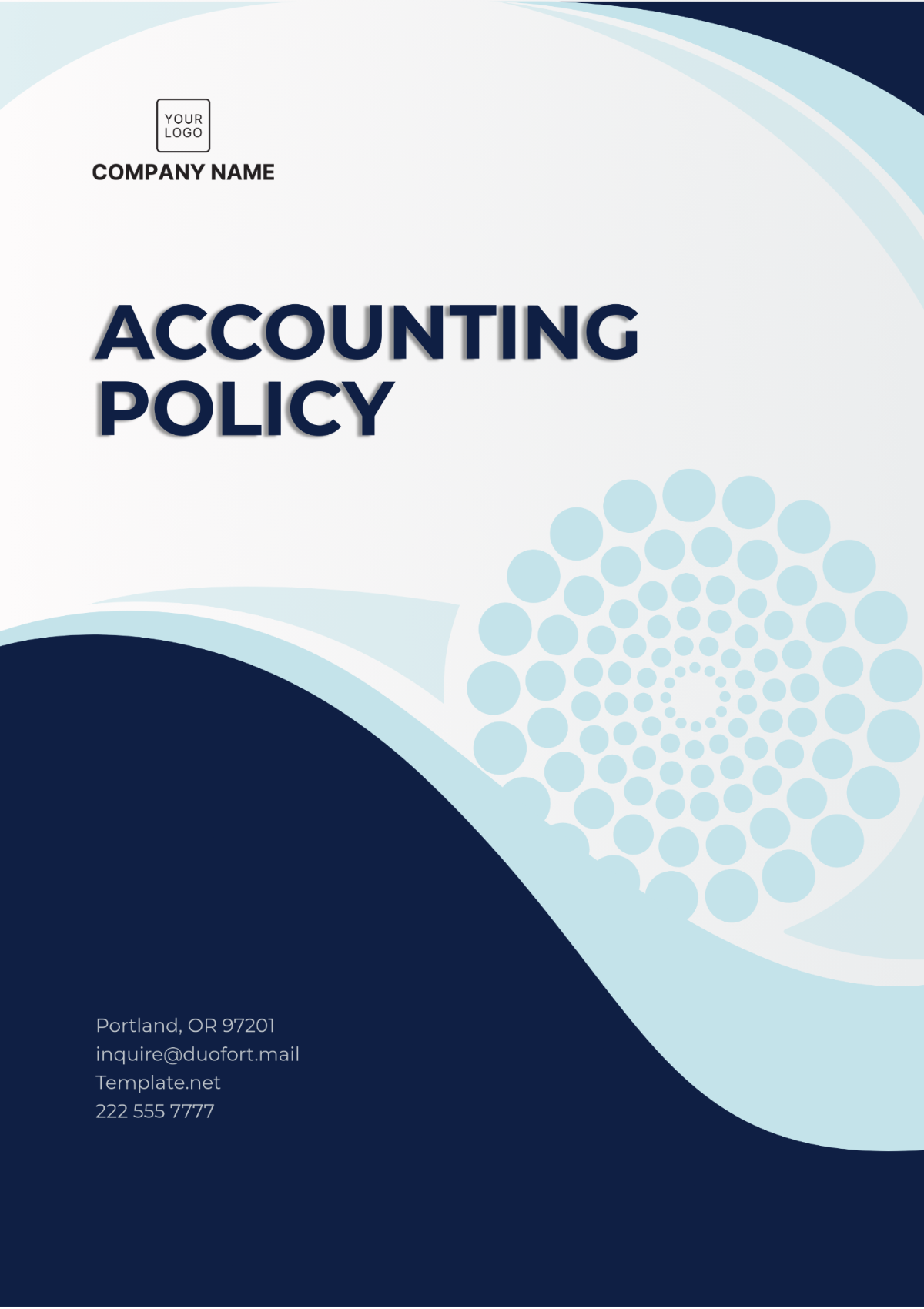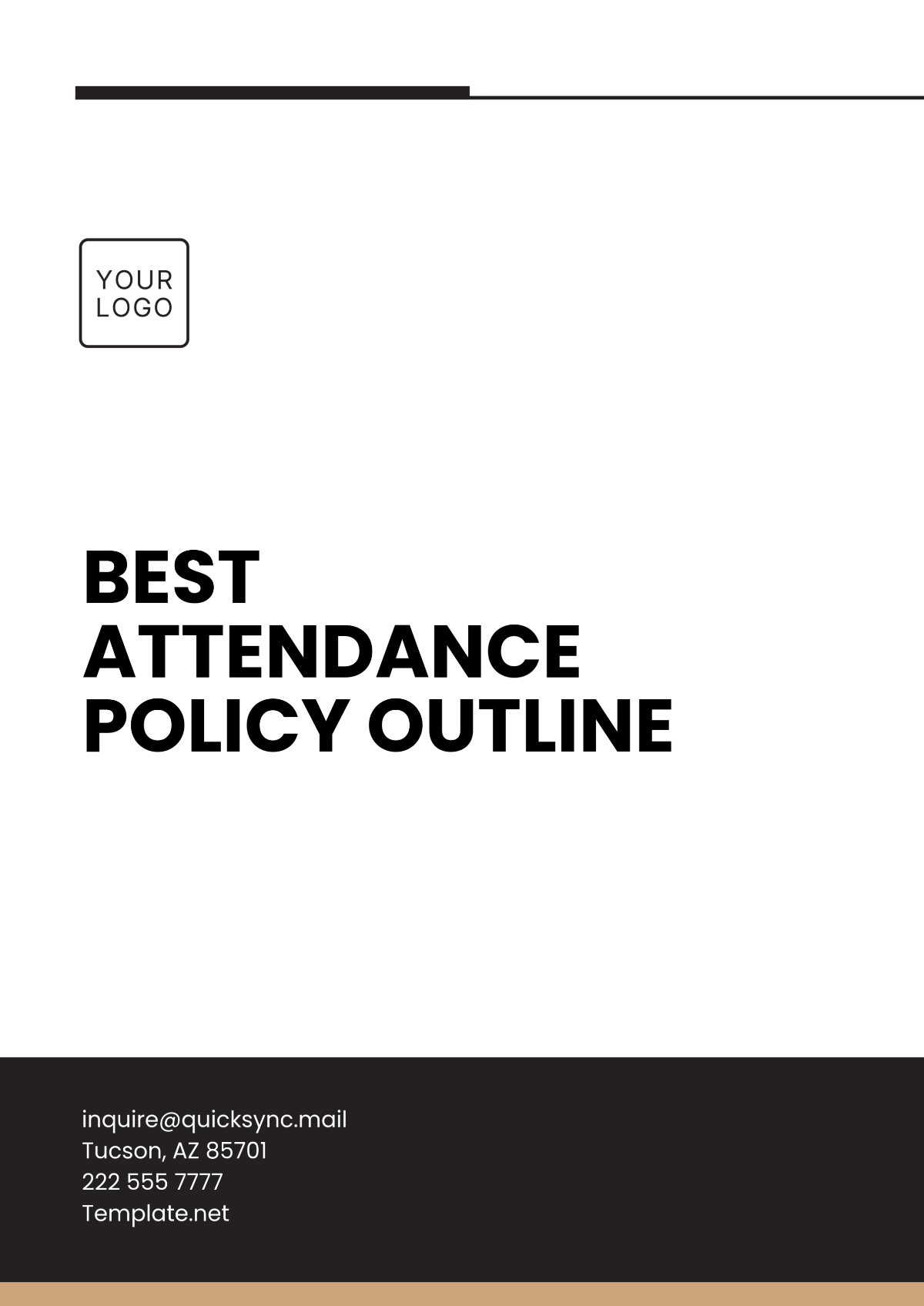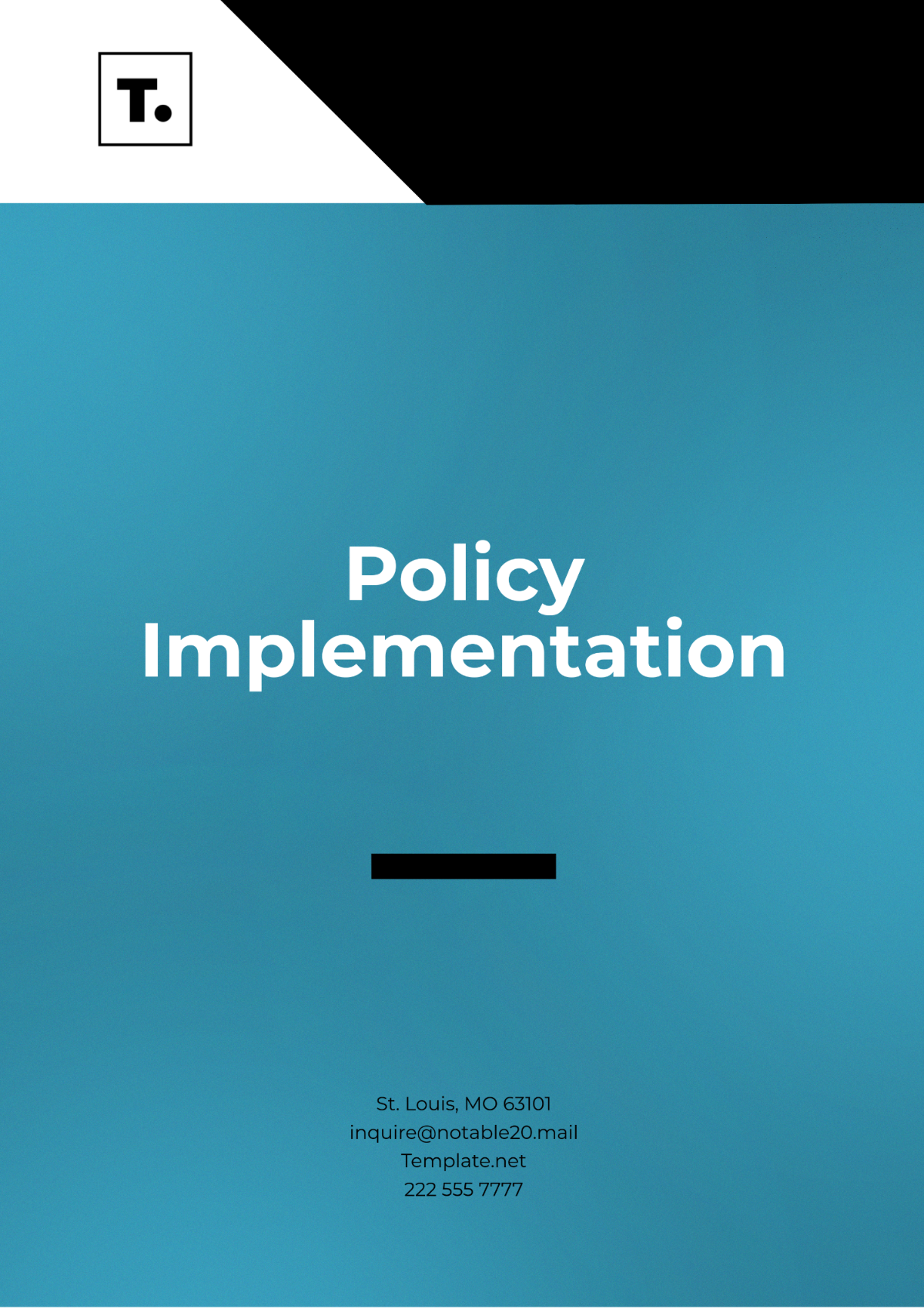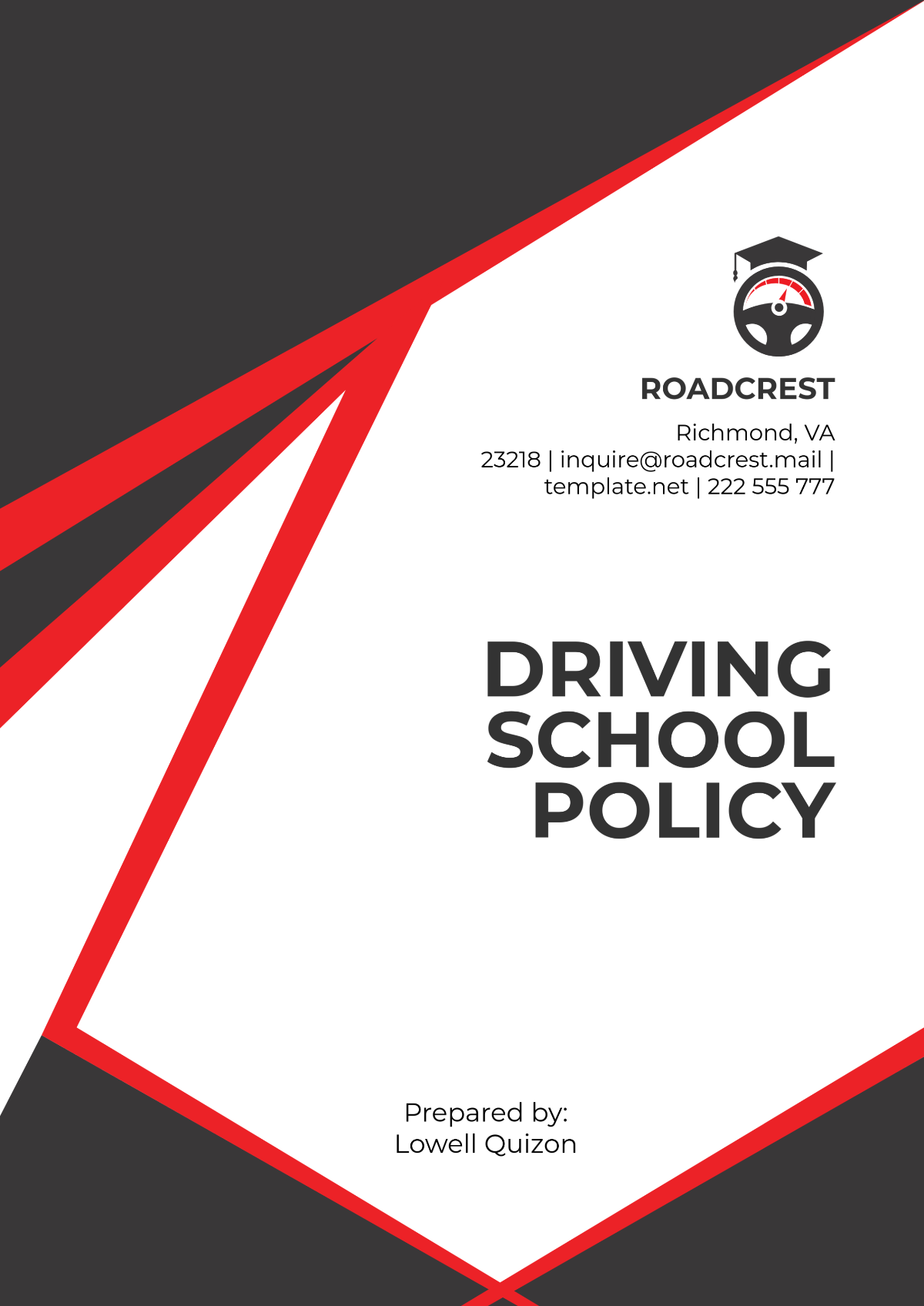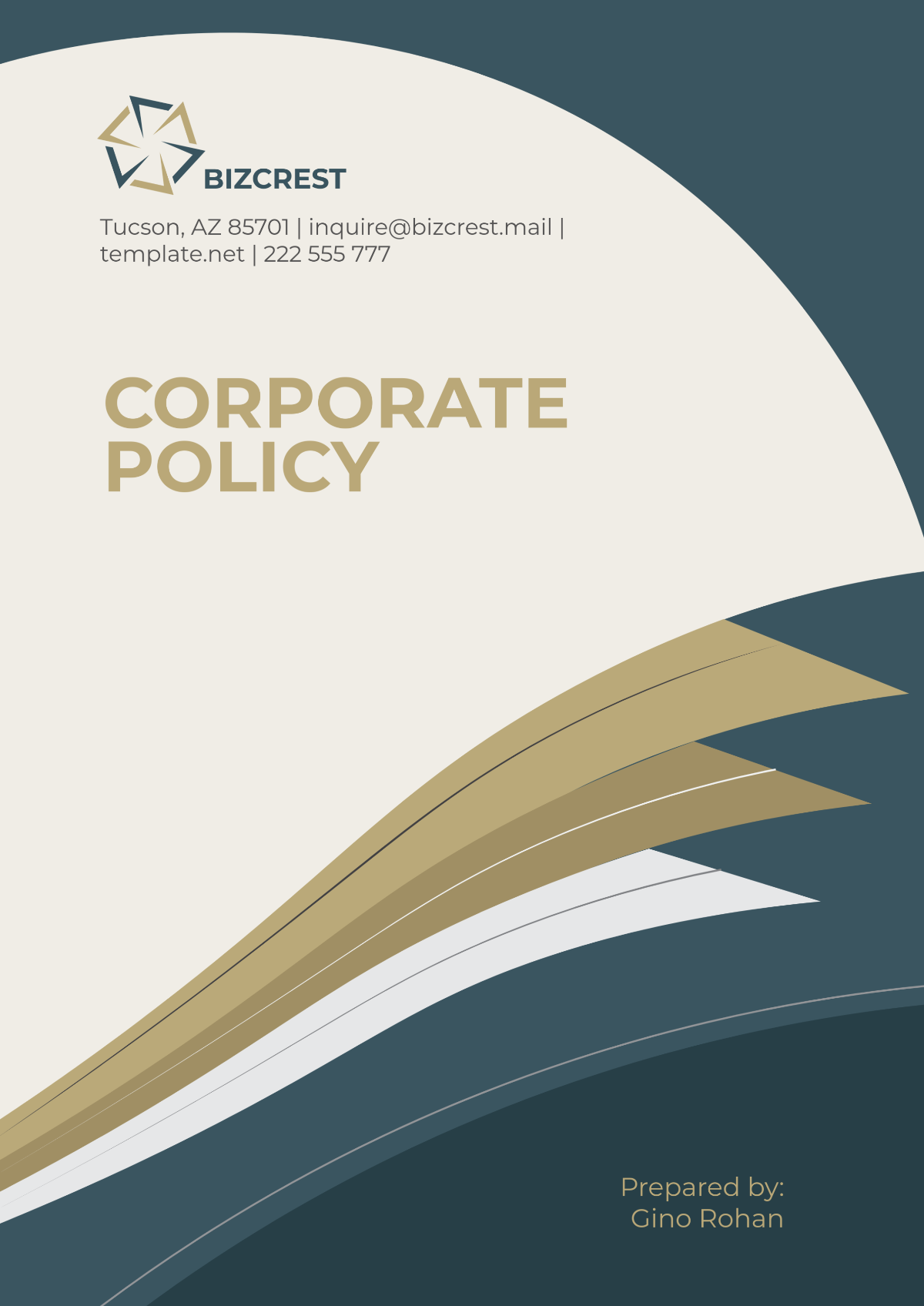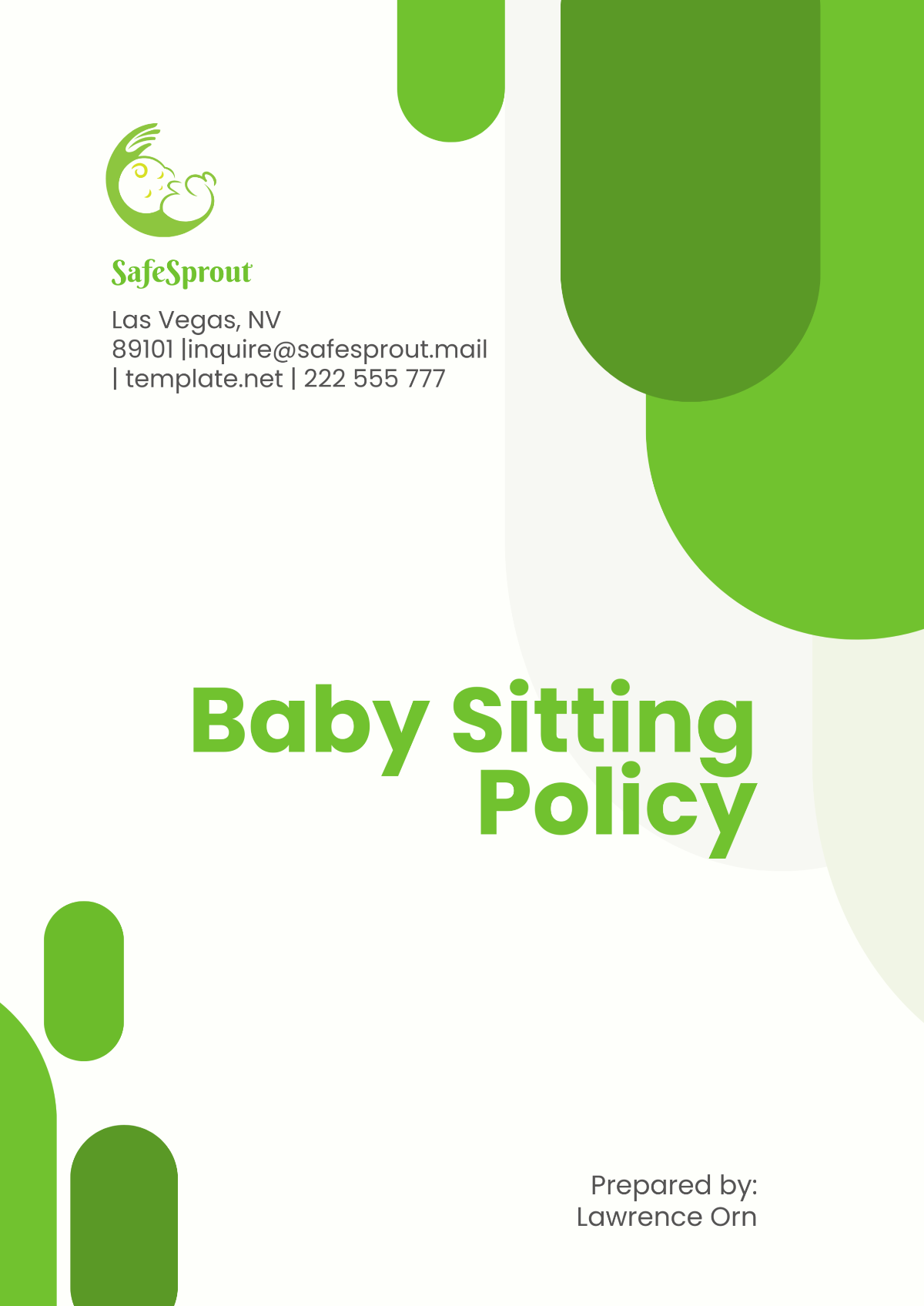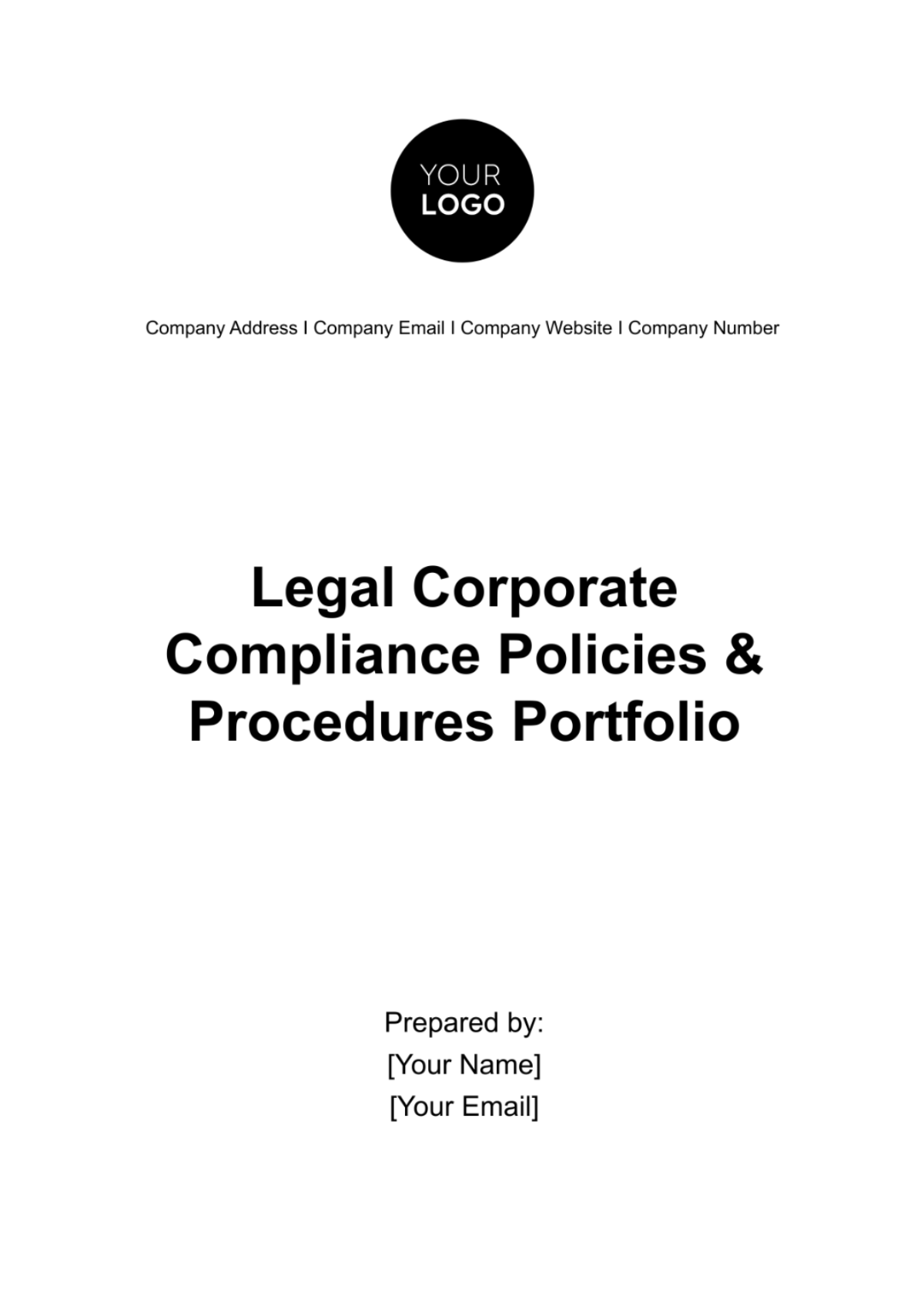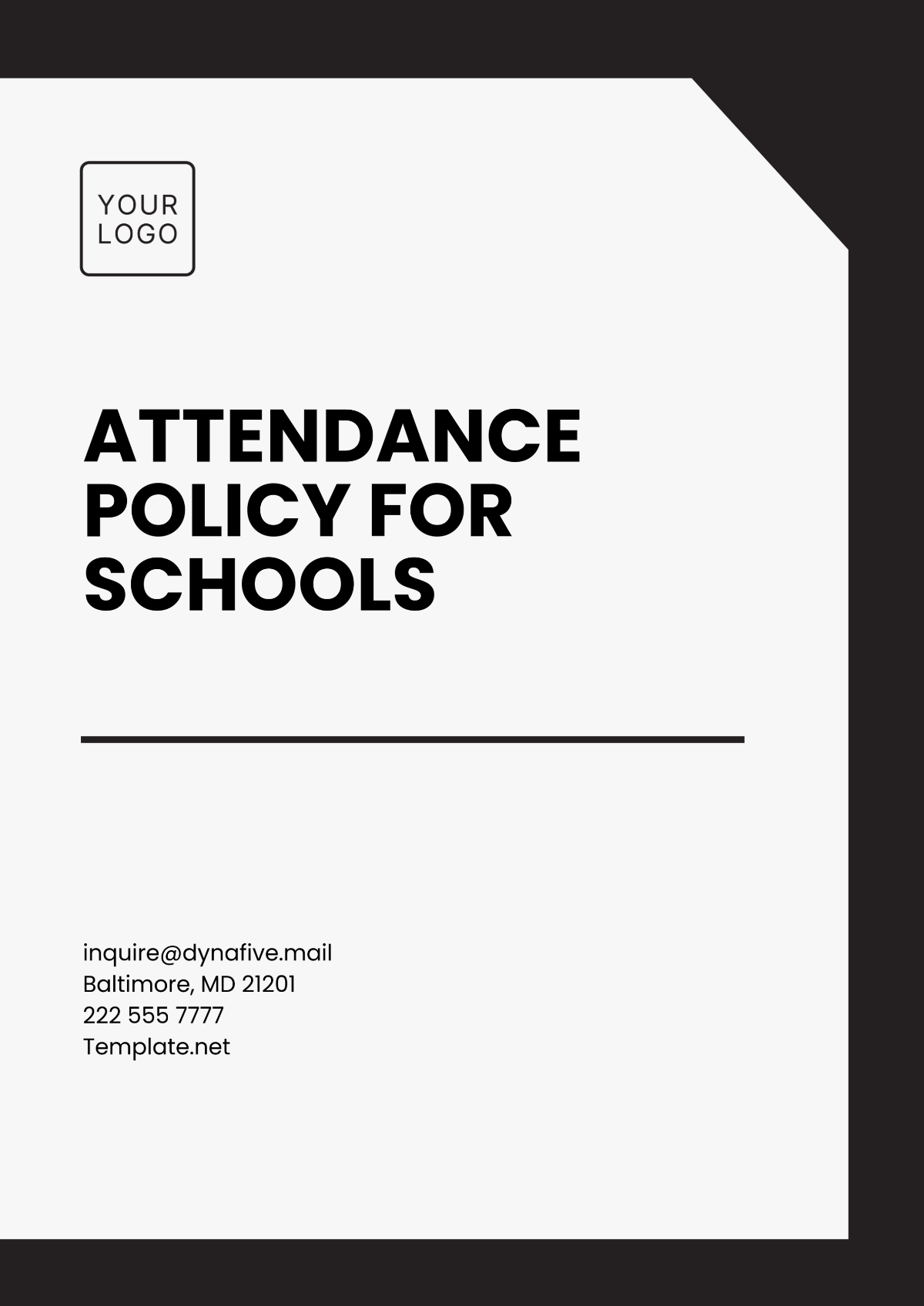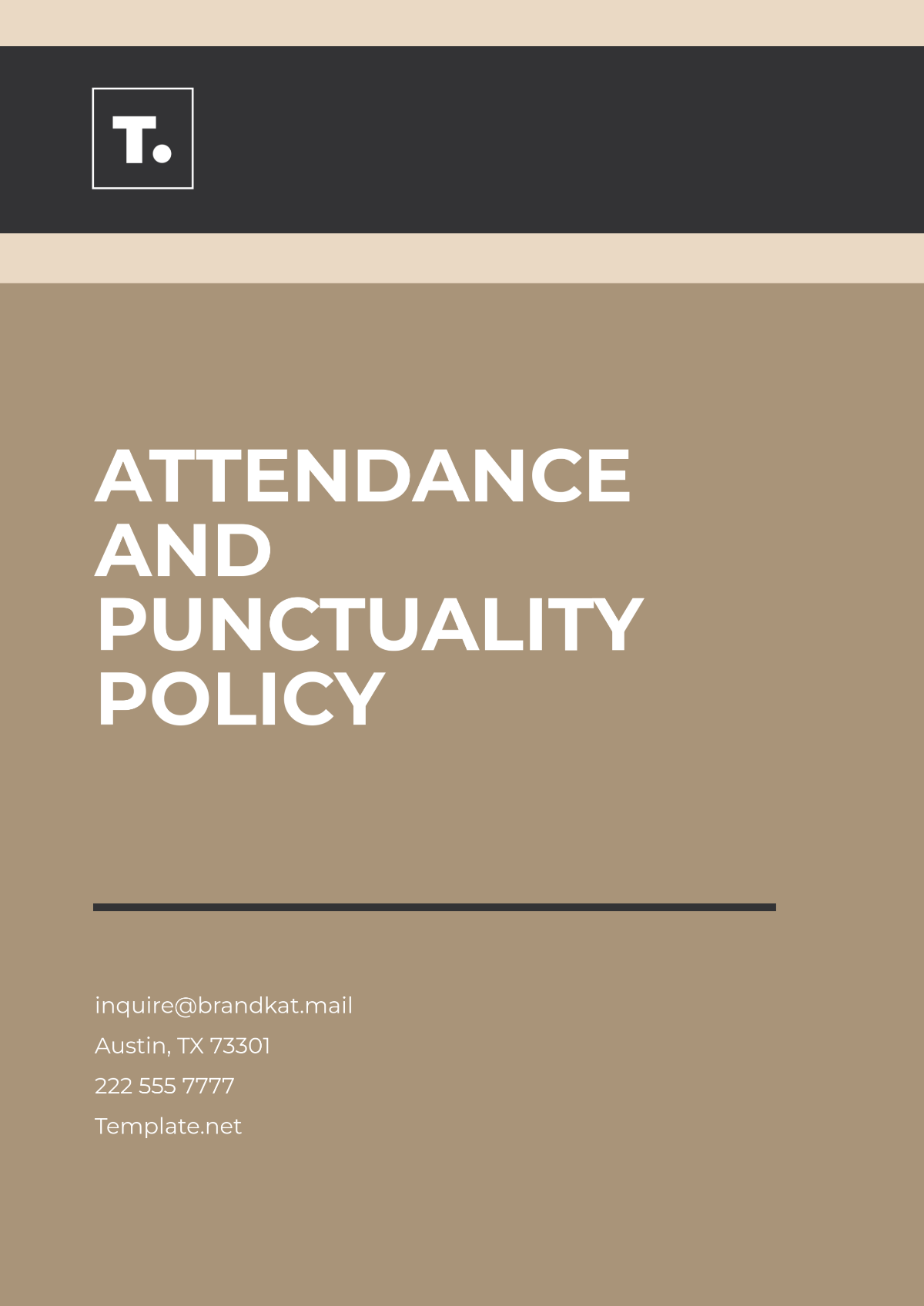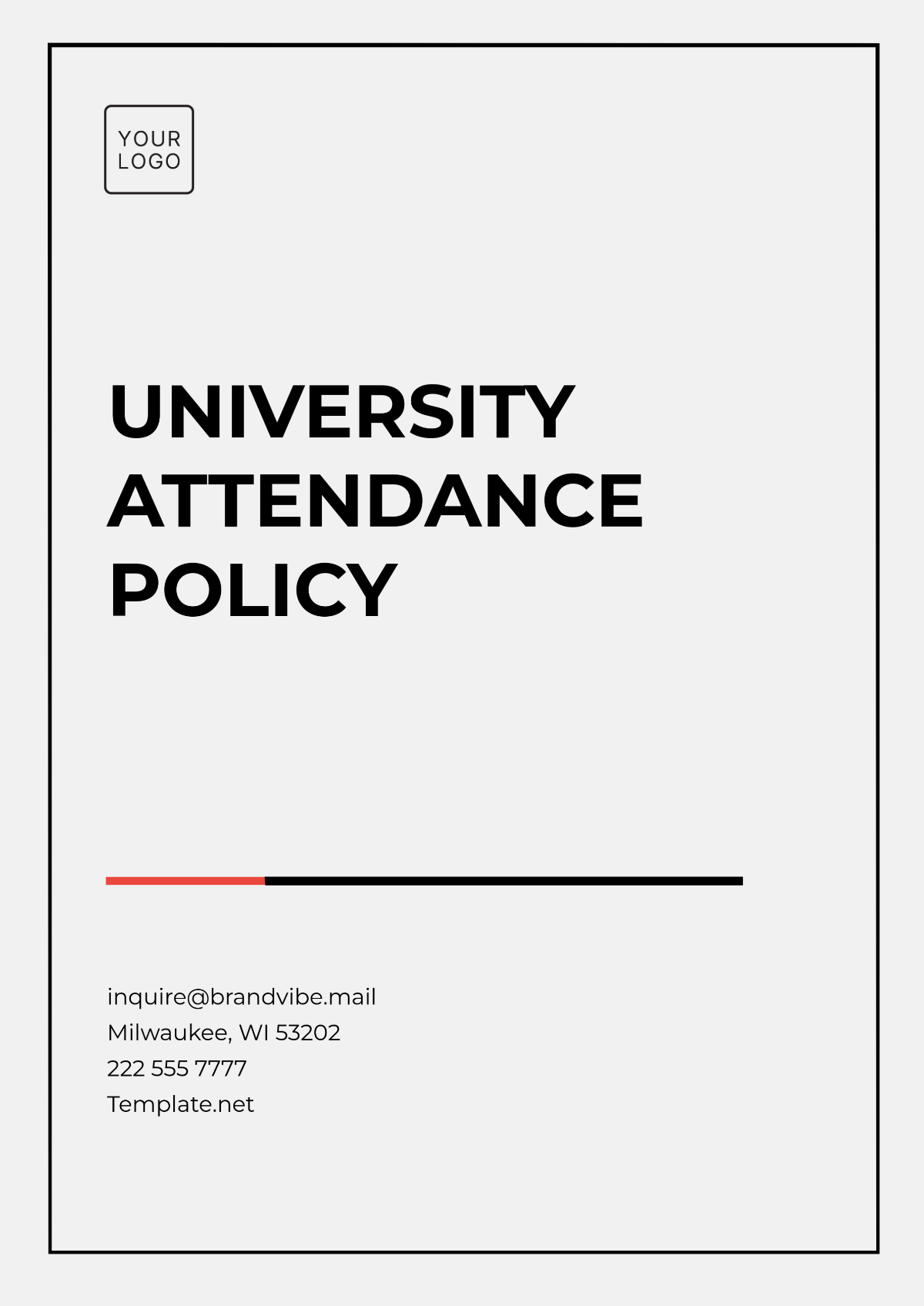Operations Quality Policy
I. Introduction
As an integral part of our operations, [Your Company Name] is committed to maintaining the highest standards of quality across all aspects of our business activities. Our Operations Quality Policy serves as a guiding principle, outlining our commitment to excellence, customer satisfaction, compliance, and continuous improvement.
II. Purpose of the Quality Policy
The purpose of our policy is to ensure that every member of our organization understands and adheres to our quality standards, thereby contributing to the delivery of products and services that consistently meet or exceed customer expectations. This policy serves as a foundation for establishing and maintaining a culture of quality excellence within [Your Company Name].
III. Commitment to Quality
At [Your Company Name], we are dedicated to providing products and services of the highest quality. We strive to meet and exceed customer requirements and expectations by adhering to stringent quality control measures at every stage of our operations. Quality is ingrained in our company culture, and we are committed to continually improving our processes to deliver superior outcomes.
IV. Customer Focus
Our customers are at the heart of everything we do. We are committed to understanding their needs, preferences, and expectations to deliver products and services that consistently meet or exceed their requirements. By prioritizing customer satisfaction and actively seeking feedback, we aim to build lasting relationships and earn their trust and loyalty.
V. Compliance with Standards and Regulations
We adhere to all relevant industry standards, regulations, and legal requirements applicable to our products and services. Compliance is non-negotiable, and we are committed to upholding the highest ethical and legal standards in all our business activities. Our adherence to regulations ensures the safety, reliability, and integrity of our offerings.
VI. Continuous Improvement
Continuous improvement is ingrained in the fabric of [Your Company Name], driving our quest for excellence in all aspects of our operations. We recognize that achieving and maintaining high standards requires a proactive approach to identifying opportunities for enhancement and implementing effective solutions. To facilitate continuous improvement, we embrace the following practices:
Performance Monitoring and Analysis: We regularly monitor key performance indicators (KPIs) across various departments and processes to assess performance and identify areas for improvement. Through data-driven analysis, we gain insights into trends, patterns, and opportunities for optimization.
Cross-Functional Collaboration: We encourage collaboration and idea-sharing across teams and departments to leverage diverse perspectives and expertise. By fostering a culture of collaboration, we harness collective intelligence to tackle complex challenges and drive innovation.
Employee Engagement and Empowerment: We empower our employees to contribute to continuous improvement initiatives by soliciting their feedback, ideas, and suggestions. We provide avenues for employee participation in improvement projects, recognizing their role as key stakeholders in driving organizational excellence.
Root Cause Analysis: When addressing issues or setbacks, we prioritize root cause analysis to identify underlying factors contributing to problems. By understanding the root causes of issues, we can implement targeted solutions that address fundamental issues and prevent recurrence.
Process Optimization: We regularly review and optimize our processes to streamline workflows, eliminate inefficiencies, and enhance productivity. Through process mapping, reengineering, and automation, we seek to optimize resource utilization and enhance the overall efficiency of our operations.
Continuous Learning and Development: We invest in ongoing training and development initiatives to equip our employees with the knowledge, skills, and tools needed to excel in their roles. By fostering a learning culture, we enable continuous growth and improvement at both individual and organizational levels.
Feedback Mechanisms: We value feedback from customers, employees, and stakeholders as a valuable source of insights for improvement. We actively seek feedback through surveys, reviews, and communication channels, using this information to drive iterative improvements in our products, services, and processes.
Benchmarking and Best Practices: We benchmark our performance against industry standards and best practices to identify areas where we can learn from top performers and adopt proven strategies. By staying abreast of industry trends and benchmarks, we position ourselves to remain competitive and agile in a rapidly evolving landscape.
VII. Communication of the Quality Policy
Effective communication of the quality policy is essential to ensure alignment, understanding, and commitment throughout [Your Company Name]. We employ various strategies to communicate our quality policy to all stakeholders, fostering awareness, engagement, and accountability across the organization:
Internal Communication Channels: We utilize internal communication channels, such as company-wide meetings, newsletters, intranet portals, and email updates, to disseminate the quality policy to all employees. Through regular communication, we reinforce the importance of quality and its alignment with our organizational goals and values.
Orientation and Training Programs: As part of our onboarding process, new employees receive comprehensive orientation sessions that include an overview of the quality policy. Additionally, we conduct specialized training programs to deepen employees' understanding of quality standards, procedures, and their role in upholding quality excellence.
Visual Aids and Posters: We utilize visual aids, posters, and infographics displayed prominently in common areas and workspaces to reinforce key messages related to the quality policy. These visual reminders serve as a constant reinforcement of our commitment to quality and its importance in everything we do.
Leadership Endorsement and Communication: Senior leadership plays a crucial role in championing the quality policy and setting the tone for quality excellence. Executives and managers actively communicate the importance of quality through their words, actions, and visible support for quality initiatives.
Interactive Workshops and Forums: We organize interactive workshops, town hall meetings, and quality forums where employees can engage in discussions, ask questions, and provide feedback related to the quality policy. These interactive sessions promote dialogue, collaboration, and a shared understanding of quality principles.
Performance Reviews and Feedback Sessions: Performance reviews and feedback sessions provide opportunities to assess individual and team performance against quality objectives and expectations outlined in the quality policy. Managers provide constructive feedback and recognition for adherence to quality standards.
External Communication: Externally, we communicate our commitment to quality through marketing materials, customer communications, and public statements. By transparently communicating our quality values and achievements to customers, partners, and other stakeholders, we enhance trust and credibility in our brand.
Regular Reinforcement and Reminders: We incorporate reminders and reinforcement of the quality policy into everyday interactions, team meetings, and project discussions. By keeping quality top of mind, we cultivate a culture where quality becomes embedded in our daily practices and decision-making processes.
VIII. Responsibilities
The success of our quality management efforts relies on the commitment and accountability of all employees across [Your Company Name]. Each individual has a role to play in upholding the principles of our quality policy and contributing to continuous improvement. Key responsibilities include:
Senior Leadership: Senior leaders set the tone for quality excellence by establishing a culture of quality, defining quality objectives, and providing resources and support for quality initiatives. They are responsible for championing the quality policy, fostering a quality-focused mindset, and ensuring that quality remains a strategic priority throughout the organization.
Managers and Supervisors: Managers and supervisors play a pivotal role in translating the quality policy into actionable plans and objectives for their teams. They are responsible for cascading the quality policy down to their respective departments, providing guidance and resources to support quality improvement efforts, and monitoring the implementation of quality initiatives within their areas of responsibility.
Quality Assurance and Compliance Teams: The quality assurance and compliance teams are tasked with ensuring adherence to quality standards, regulations, and best practices. They are responsible for conducting audits, inspections, and assessments to identify areas for improvement, monitoring compliance with quality requirements, and providing guidance on quality-related matters to employees across the organization.
Employees: Every employee within [Your Company Name] has a responsibility to uphold the principles of the quality policy in their day-to-day activities. This includes following established quality procedures, adhering to quality standards and regulations relevant to their roles, actively participating in quality improvement initiatives, and reporting any quality-related issues or concerns to their supervisors or the appropriate quality assurance personnel.
Cross-Functional Teams: Cross-functional teams are often formed to address specific quality-related challenges, implement quality improvement projects, or resolve quality issues. These teams bring together individuals from different departments or areas of expertise to collaborate on identifying root causes, developing solutions, and implementing corrective actions to enhance quality performance.
Training and Development Specialists: Training and development specialists are responsible for designing and delivering training programs that equip employees with the knowledge, skills, and tools necessary to meet quality standards and objectives. They ensure that employees receive adequate training on quality-related topics, procedures, and technologies to support continuous improvement efforts.
IX. Review and Update Process
This policy is subject to regular review and update to ensure its relevance, effectiveness, and alignment with organizational goals and industry best practices. Feedback from stakeholders, changes in regulations, and emerging trends are considered during the review process to maintain the policy's currency and effectiveness. The table below table outlines the review and update process for our quality policy.
Step | Description |
|---|---|
1. Annual Review | The quality policy is reviewed annually by senior leadership to assess its effectiveness and relevance. |
2. Feedback Collection | Feedback on the quality policy is collected from stakeholders, including employees, customers, and regulators. |
3. Analysis | Feedback is analyzed to identify areas for improvement or updates to the quality policy. |
4. Revision | Based on the analysis, revisions to the quality policy are proposed, incorporating feedback and best practices. |
5. Approval | The revised quality policy is reviewed and approved by senior leadership or the quality management team. |
6. Communication | The updated quality policy is communicated to all employees and stakeholders to ensure awareness and compliance. |
7. Implementation | Relevant departments and individuals are responsible for implementing any changes or updates to the quality policy. |
8. Monitoring | The effectiveness of the revised quality policy is monitored regularly to ensure alignment with objectives and compliance with standards. |
9. Documentation | Documentation of the review and update process, including feedback received, revisions made, and approval details, is maintained for record-keeping purposes. |
X. Appendices
These resources support the implementation and understanding of the Operations Quality Policy and provide additional context, guidance, and tools for employees to fulfill their quality-related responsibilities effectively.
Sample Quality Policy Acknowledgment Form
Quality Policy Performance Metrics
Relevant Regulatory Standards and Guidelines
Quality Management System (QMS) Documentation
Training Materials
